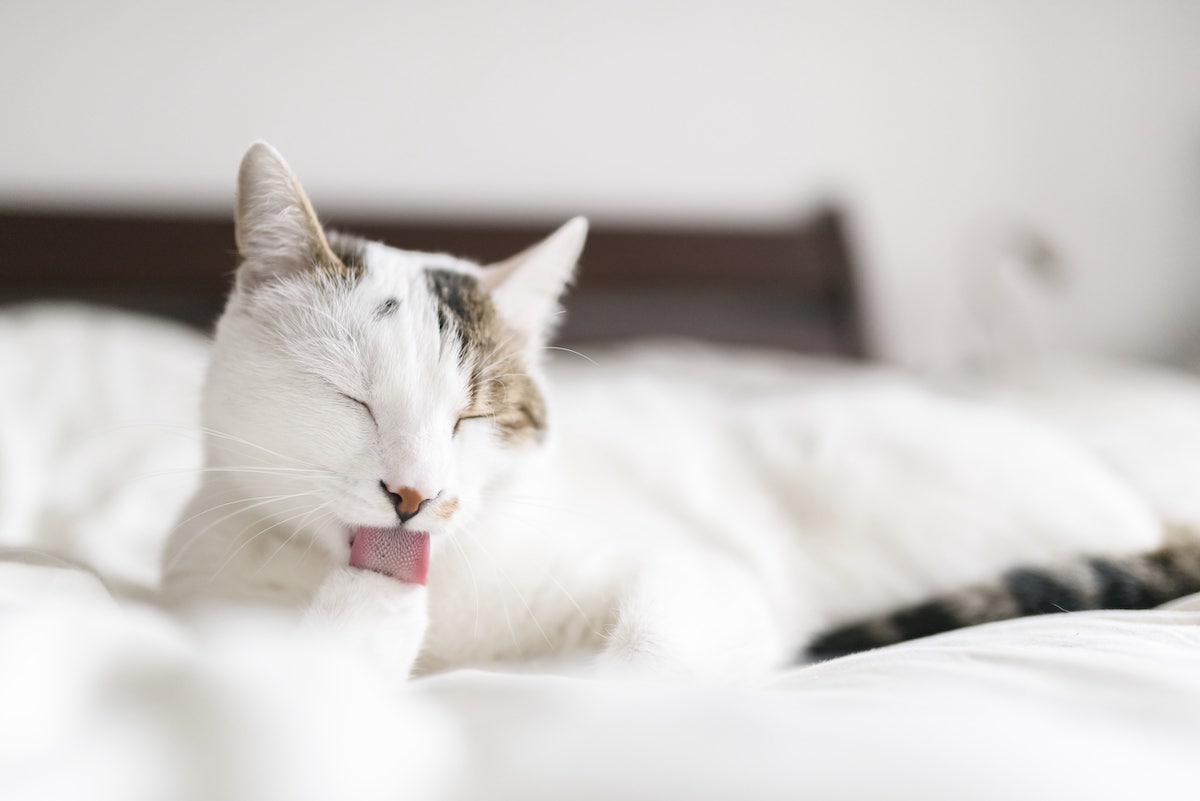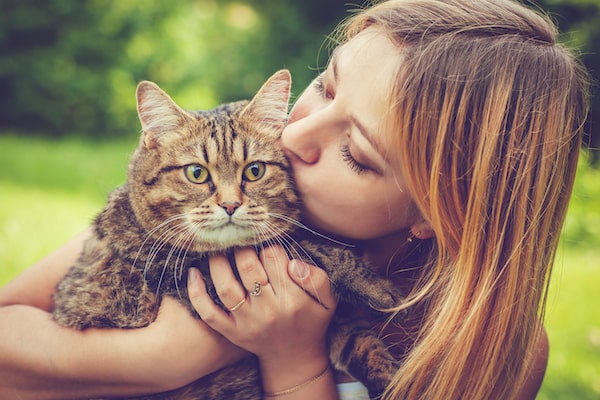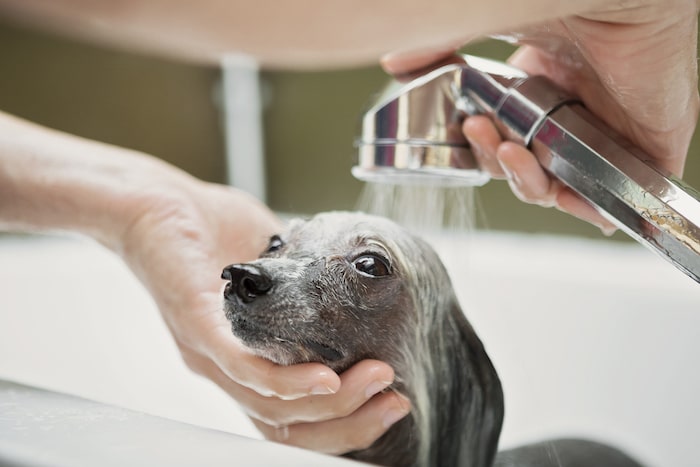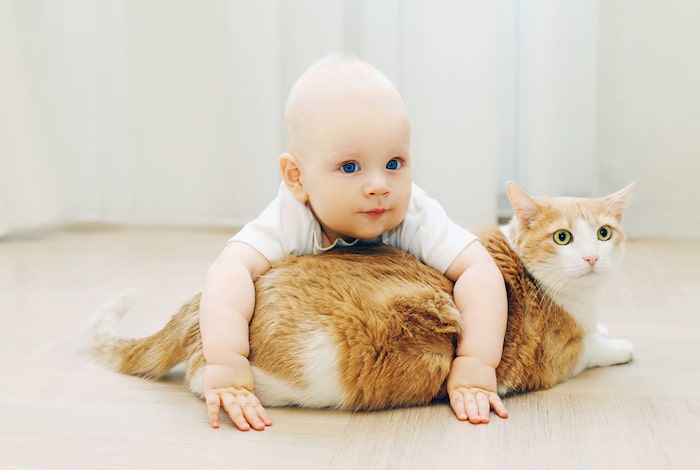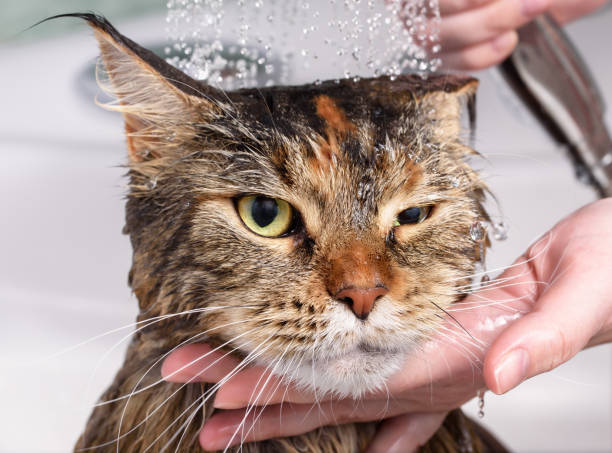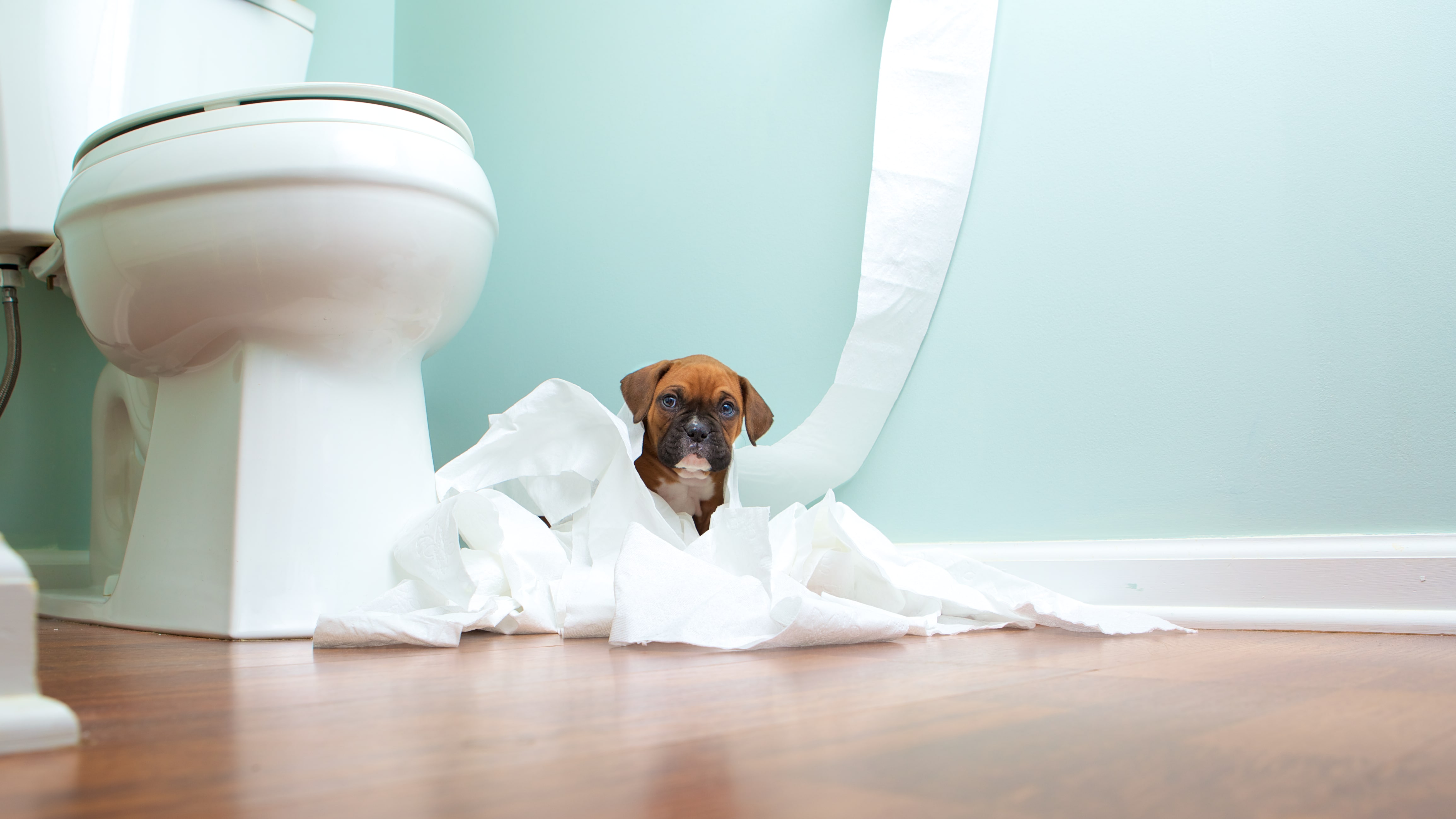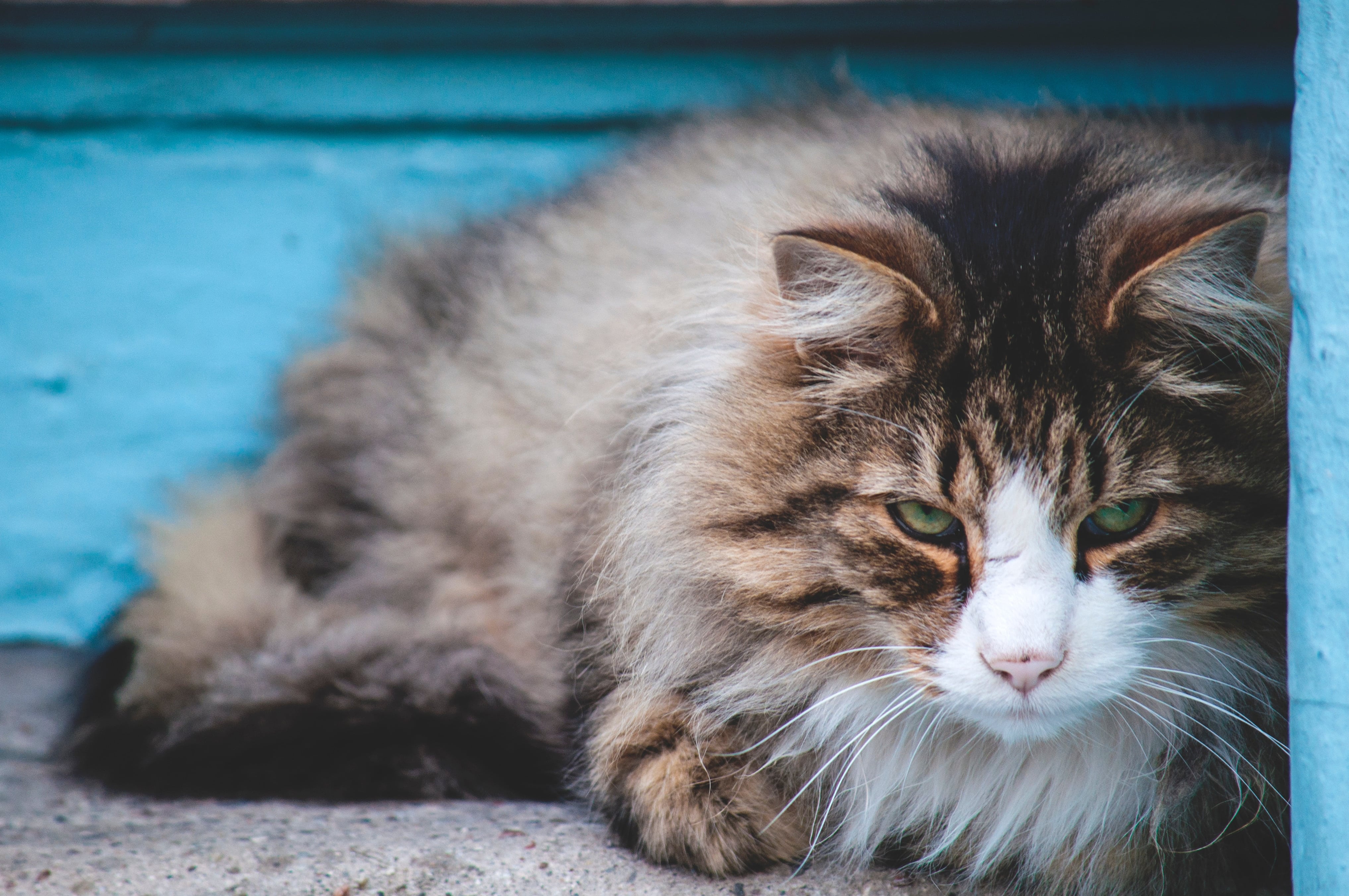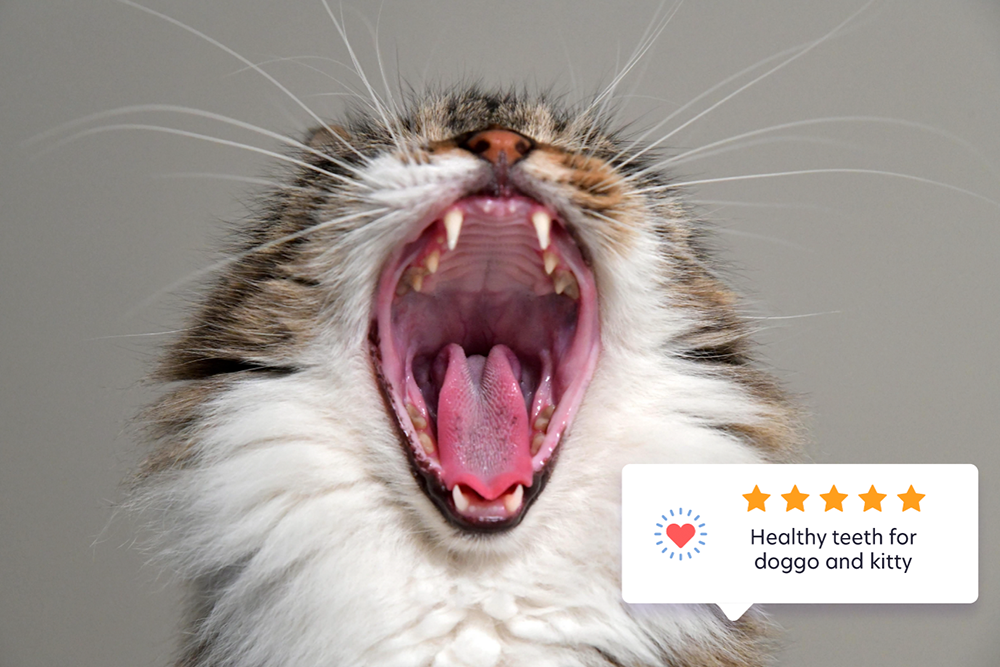
Pet Dental Health and Preventative Care
By: Dr. Tammie Pearce, Director of Veterinary Science at AskVet
February was Pet Dental Health Month and for good reason! Your pet’s teeth and gums are an important part of their overall health and well-being. Periodontal disease can also lead to health problems in your pet’s kidneys, liver, and heart muscles. Your veterinarian may recommended regular professional cleaning combined with at-home care to help your pet maintain their pearly whites. But why is dental health so important in pets and what does home maintenance involve?
Dental issues involve both the buildup of tartar or calcium deposits on the tooth surfaces, as well as inflammation of the gums. With tartar you can visually see discolored brown to grey material build up at the gum and tooth line, that traps bacteria near the gum surfaces. The bacteria leads to more gum inflammation to try and fight the invasion of bacteria under the gum and eventual destruction of the tooth roots. If the bacteria continues to multiply under the gums, they can cause tooth loss and be absorbed into your pet’s blood stream. Once in the blood stream bacteria circulates around the body and can be deposited on the heart valves causing endocarditis, in the kidneys and liver causing infections and create inflammation in these vital internal organs.
The main goal of cleaning our pet’s teeth surfaces is to remove the tartar build up and flush the bacteria from under the gum line. Generally, a professional dental cleaning also involves taking radiographs of the teeth and tooth roots to assess how far under the gums bacteria has eroded the tooth roots. When there is damage under the gums, usually not visible from the outside, the tooth will need to be extracted. Additional radiographs will need to be made after the tooth removal because any remaining tooth root can lead to constant pain or a pocket for bacteria to reproduce or migrate to other teeth. Dental health is really instrumental in both your pet’s overall health as well as preventing further tooth loss, infections in the sinuses and jaw, as well as, pain and organ disfunction.
Prevention of dental tartar can involve several different methods used together or those that are most convenient for you and your pet. Making small changes in your pet dental care habits can go a long way to preventing painful dental problems. During an oral exam your veterinarian will use a chart to rate each tooth in your pet’s mouth on both the amount of gingivitis as well as tartar. If you can look in your pet’s mouth you can make a similar assessment at home. If your pet has grade three or four dental calculi or gingivitis, they will need a professional cleaning under anesthesia to evaluate any issues happening under the gums. If your pet has had a recent cleaning or has minimal tartar build up, starting one or more of the following preventative methods can help control bacteria and tartar in your furry friend’s mouth. Cats and dogs have different products available for prevention of dental disease and not all involve brushing your pet’s teeth.
Dog Products
-
Dental chews: Are a popular choice and include consumable bones like OraVet®, C.E.T.®, and Greenies®. Stay away from large hard cooked bones since they can cause fractures of teeth. If the bone is rock hard it could cause tooth fractures which can be painful and may need extraction of the tooth or reconstruction, both procedures can be expensive. Another safe chew is KONG® classic or KONG® dental chews (Cats also enjoy Kitty KONG®). Coating the ridges or openings with some pet safe tooth paste like C.E.T.® can encourage chewing and the additional benefit of your pet “brushing” their own teeth.
-
Water additives: Come in two types for dogs. The first, is an antiseptic type like C.E.T.® and The Healthy Mouth® brands. Both use an antiseptics like chlorhexidine to reduce the number of all bacteria in the mouth. Any water additives cannot be used if your pet uses a water fountain since the product will be removed by carbon filtration. Water additives need to be refreshed daily with water changes since their bacteria-killing properties break down over time.
An alternative is TEEF®, not a disinfecting water additive, but an additive that provides a human-grade prebiotic powder to promote the growth of normal flora in the mouth. It also contains vitamin B-6 which has been shown to reduce inflammation in the body and amino acids to help boost local immunity in the mouth. The goal is to provide prebiotics to promote healthy bacteria growth in the mouth that will reduce “bad” bacteria that can cause gum disease. -
C.E.T. enzyme toothpaste®: If your pup will allow you to brush their teeth or apply their favorite flavor of tooth paste to their KONG® toy your pet will benefit from enzymatic toothpaste added to their routine. The toothpaste helps to reduce tartar build up on the teeth and trapping of bacteria on the gum line. C.E.T® tooth paste comes in multiple flavors and also helps freshen your pup’s breath!
-
The last option for dogs is OraVet® Dental gel. The gel is odorless, tasteless, and invisible when applied to your pup’s teeth. The OraVet® Gel provides a barrier that helps to seal the area where the teeth and gums meet. The barrier lasts for a week and should be applied weekly to help reduce plaque bacteria buildup. The included applicator is used to easily and quickly spread the gel on teeth and gum line. OraVet® Gel provides an alternative to brushing since the applicator is small and the product only has to be used weekly to have an effect on tartar build up.
Cat Products
-
Dental treats: C.E.T.® Intellident Cat Bites are chews for cats that are slightly hard but kitty irresistible. The C.E.T. chews also have enzymes to reduce tartar build up on the teeth. Another chew for cats is Greenies® dental chews that help kitty keep their breath fresh and teeth clean.
-
Water additives: Both C.E.T. Aquadent® and The Healthy Mouth® brands of water additives can be used with cats. Cats can be picky about their water so make changes slowly so your feline does not stop drinking if they note a change with their water. Make sure to change their water often as well. Water additives will not work well in fountains that have carbon filtration. You can try removing the filter but you will still need to change the water daily to refresh the water additive.
-
C.E.T.®. enzyme toothpaste: Similar to dogs, kitties will chew on a Kitty KONG that has some enzyme tooth paste spread on the opening or in the ridges of the toy. Some cats will even allow their teeth to be brushed or the tooth paste to be gently applied to their tooth and gum margins. The enzymes help to reduce the build of bacteria trapping tartar. See if your kitty likes the flavor of the C.E.T.® toothpaste by letting them lick it off your finger. Start brushing slowly with a soft or feline tooth brush.
-
MaxiGuard® Gel: Maxiguard® Gel can be used for cats or dogs but it needs to be applied daily. Maxiguard® Cleaning Gel is an antiseptic dental gel that will help control the buildup of tartar and bacteria in kitty’s mouth. The gel is spread on the gum line either with a finger tooth brush or by using the applicator tip to spread along the gum line. Some cats may not like their mouth or lips manipulated so they may need some training to help them accept the gel. If your feline allows you to get the gel on the gums it will form a temporary barrier and help to prevent bacterial gingivitis—gum inflammation. Maxiguard® Gel needs to be used daily but is compatible with, water additives, brushing, or feline dental chews.
There is always more benefit to your pet’s dental health if a combination of the above tartar and oral bacteria reducing methods are used. Go slow when introducing any new products or methods of dental care with your pet. You will be surprised how a short session of daily dental care can help your pet’s teeth and gums.
A little about Dr. Pearce
Dr. Tammie Pearce has been breeding and showing animals since she was young. She has successfully bred Budgerigars, French and Satin Angora Rabbits, Kerry Blue Terriers and aquarium fish, both live-bearing and egg-laying Koi Angel fish. Dr. Tammie also spins angora as well as sheep, alpaca, dog fur, and cashmere goat fibers into yarn to use in a myriad of fiber art and wearable projects. She currently has several angora rabbits with her favorites being a lilac French and a Satin red fawn. Her Kerry Blue terrier, Sage, just celebrated her 7th birthday and is still the center of attention in the household menagerie!
Interested in hearing more from Dr. Pearce? Get a free month of the AskVet membership app courtesy of Scratch! Learn more
References and Product Recommendations:
Chews
C.E.T.® Chews Dogs https://us.virbac.com/home/our-products/pagecontent/product-selector/cetenzymatic-oral-hygiene-chews.html?_ga=2.172702955.91795077.1642192085-364736762.1642192085
OraVet® chews https://www.oravet.com/
C.E.T.® Intellident Cat Bites https://us.virbac.com/products/dental/cet-intellident-cat-bites?_ga=2.144931708.91795077.1642192085-364736762.1642192085
Greenies® Dental Chews for Cats https://www.greenies.com/products/cat/dental-treats
KONG for Dogs and Cats https://www.kongcompany.com/
Water additives
C.E.T. Aquadent® For Cats and Dogs https://us.virbac.com/products/dental/cet-aquadent-fr3sh-dental-soluti?_ga=2.245242957.91795077.1642192085-364736762.1642192085
The Healthy Mouth Brand® for Cats and Dogs https://www.healthymouth.com/
TEEF® for Dogs https://www.teefhealth.com/site/
Tooth Paste Pet Safe and Enzymatic
C.E.T.® Enzymatic tooth pastes https://us.virbac.com/home/our-products/pagecontent/product-selector/cet-enzymatic-toothpaste-dog-cat.html?_ga=2.82645982.91795077.1642192085-364736762.1642192085
OraVet® Gel for Dogs
MaxiGuard® Gel for Cats
https://addisonlabs.com/product/maxiguard-oral-cleansing-gel/


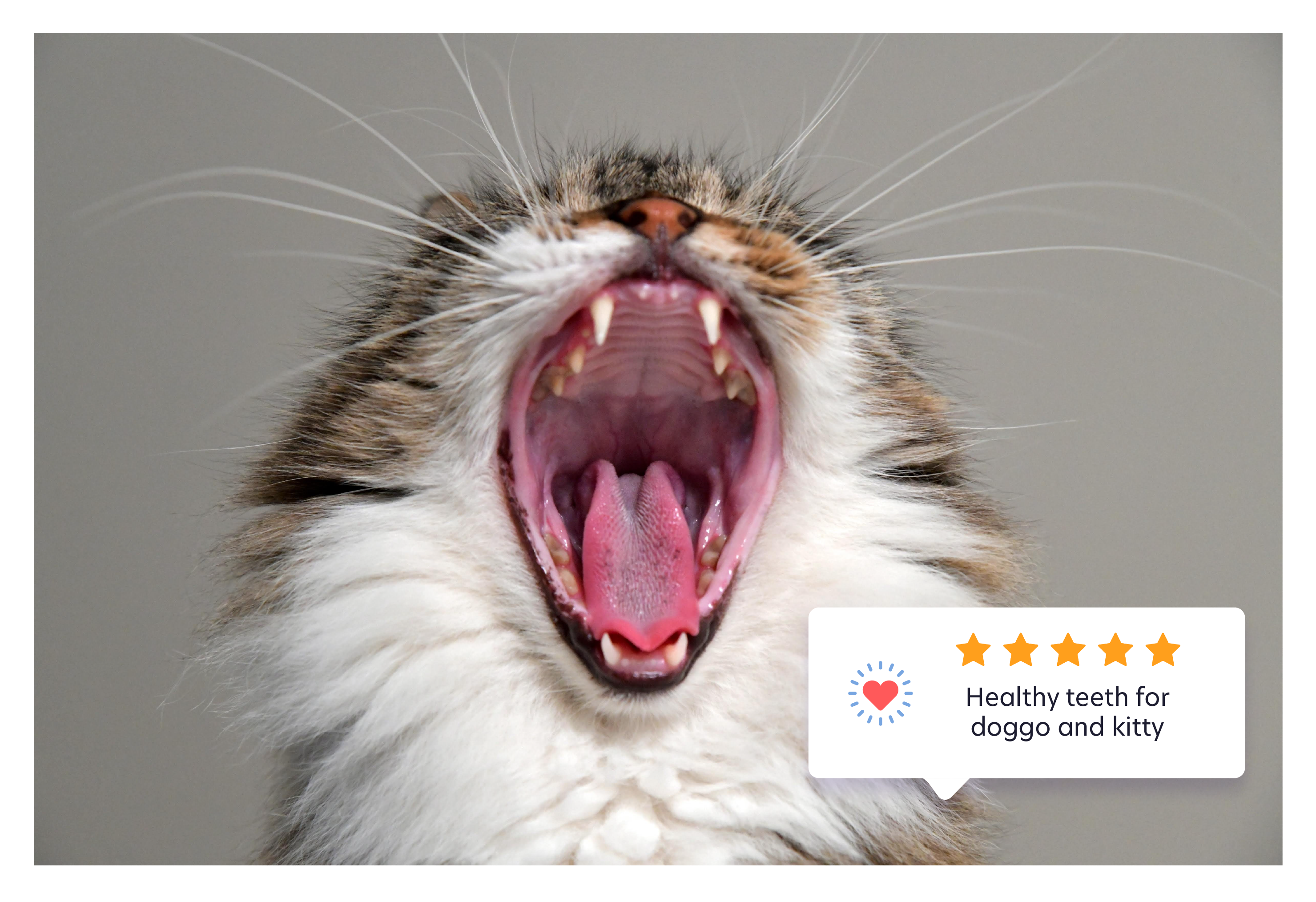

.jpg)
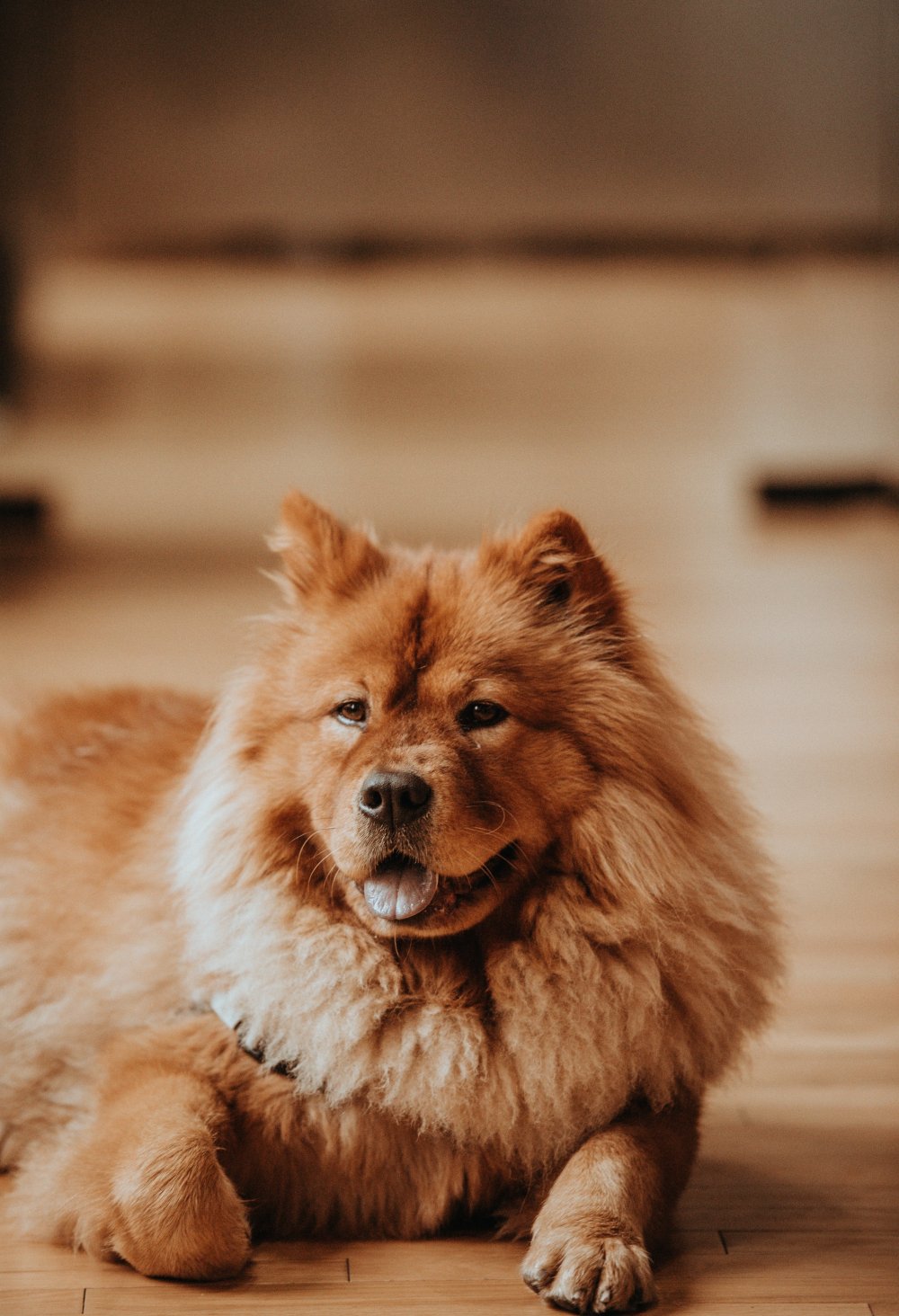
.jpg)
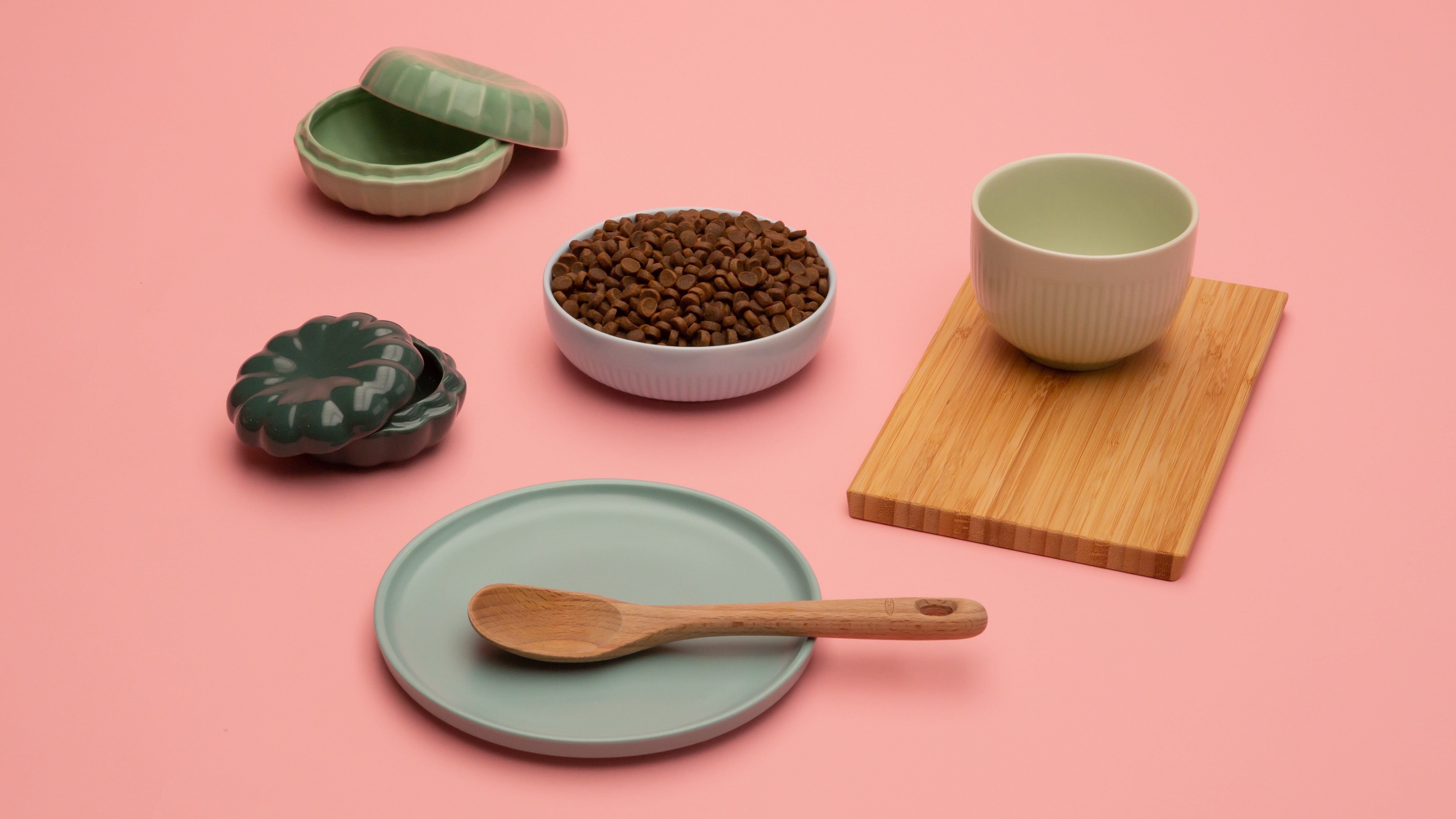
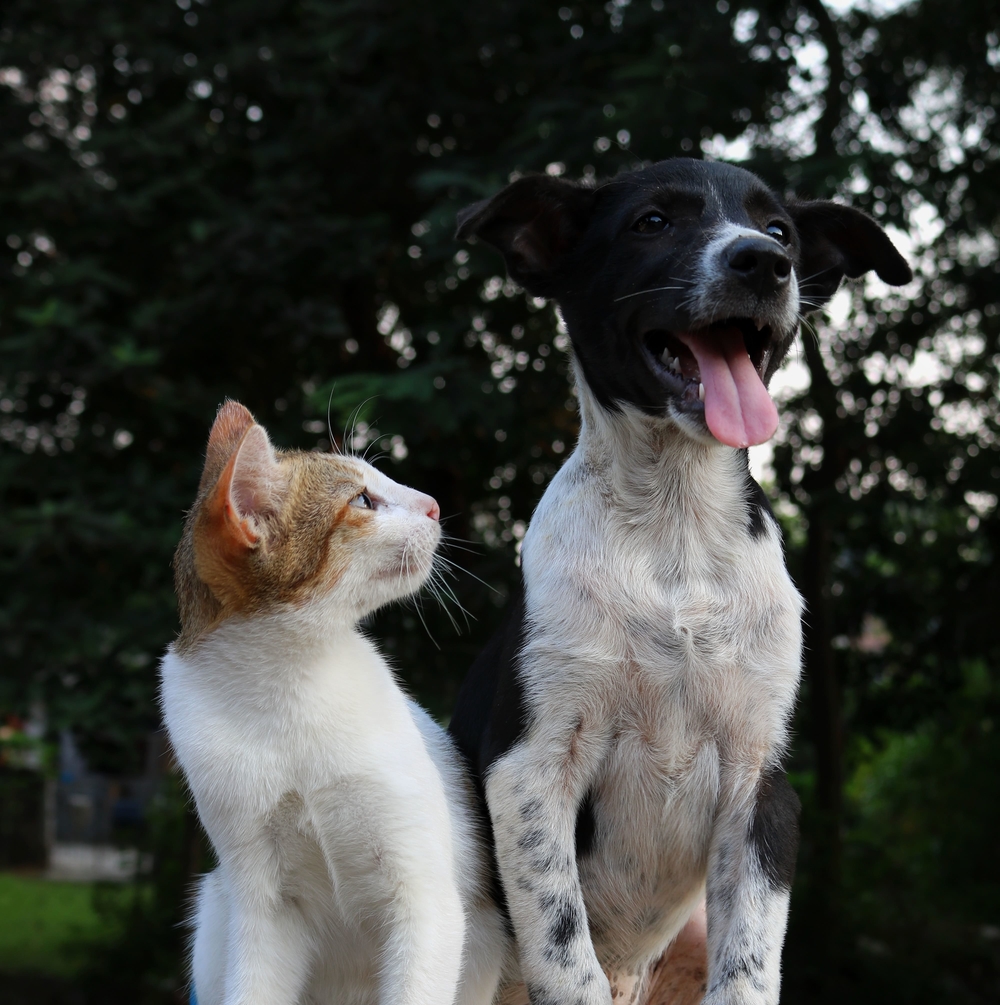
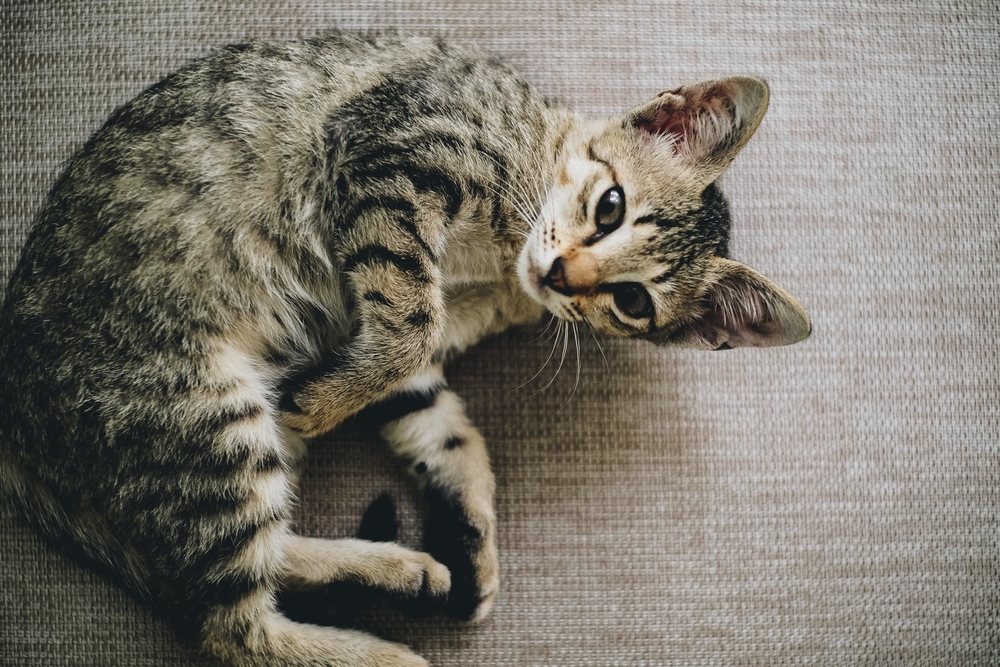
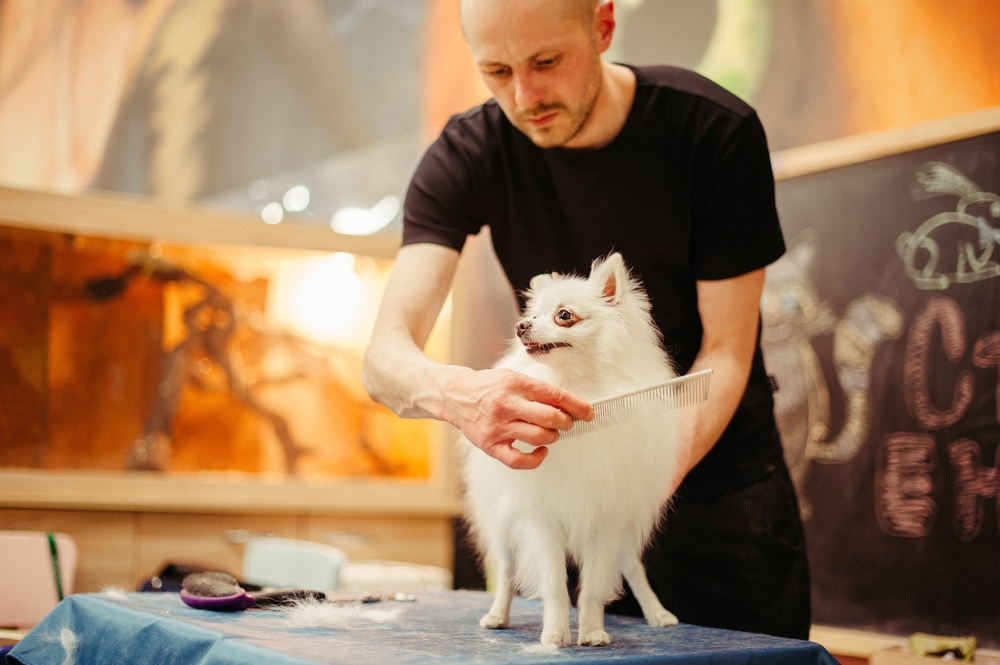
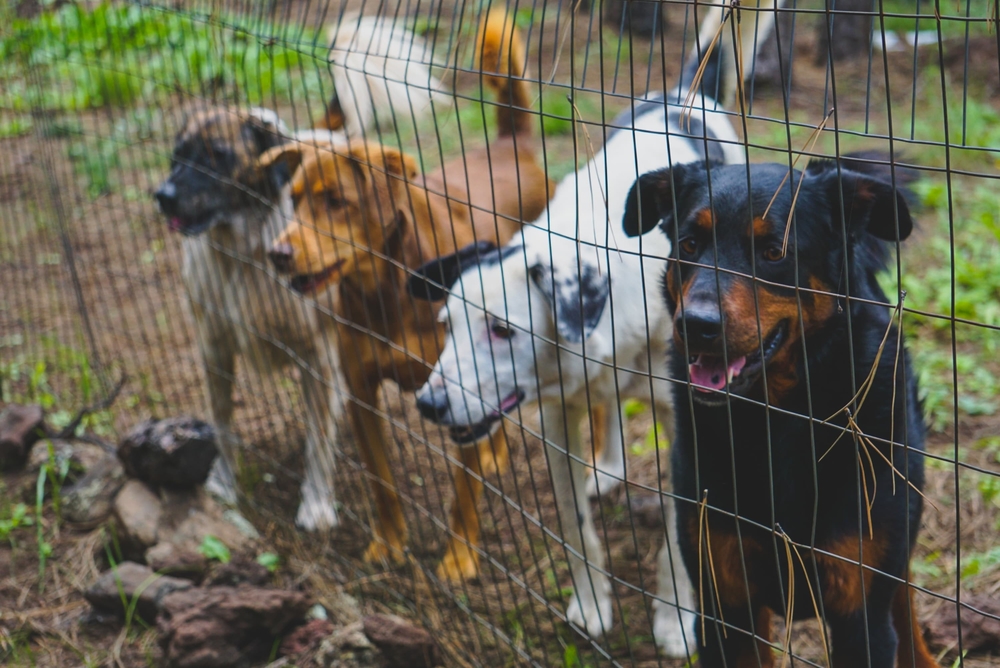
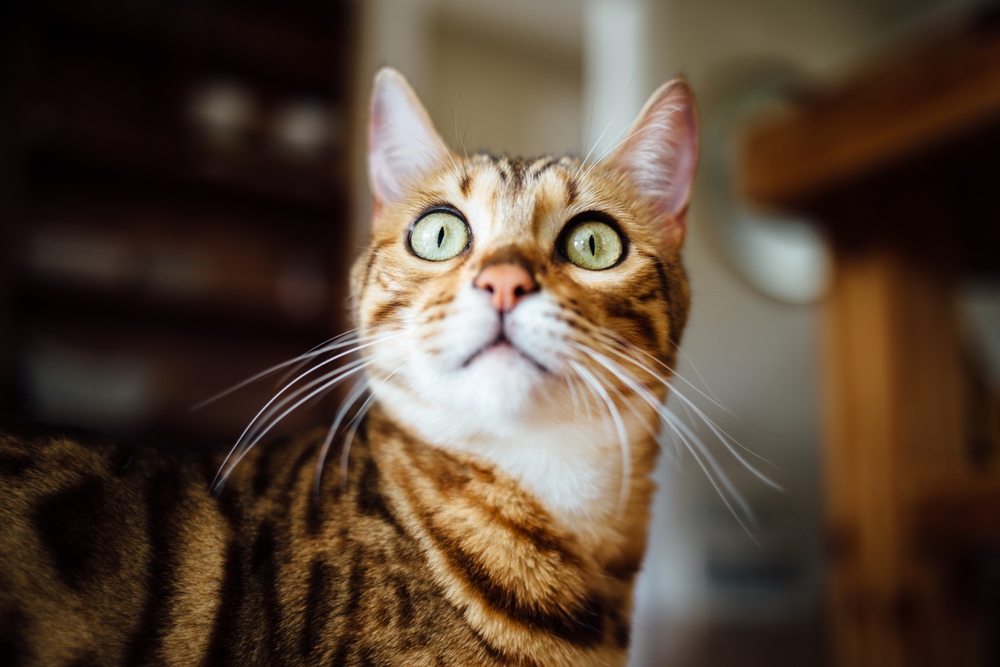


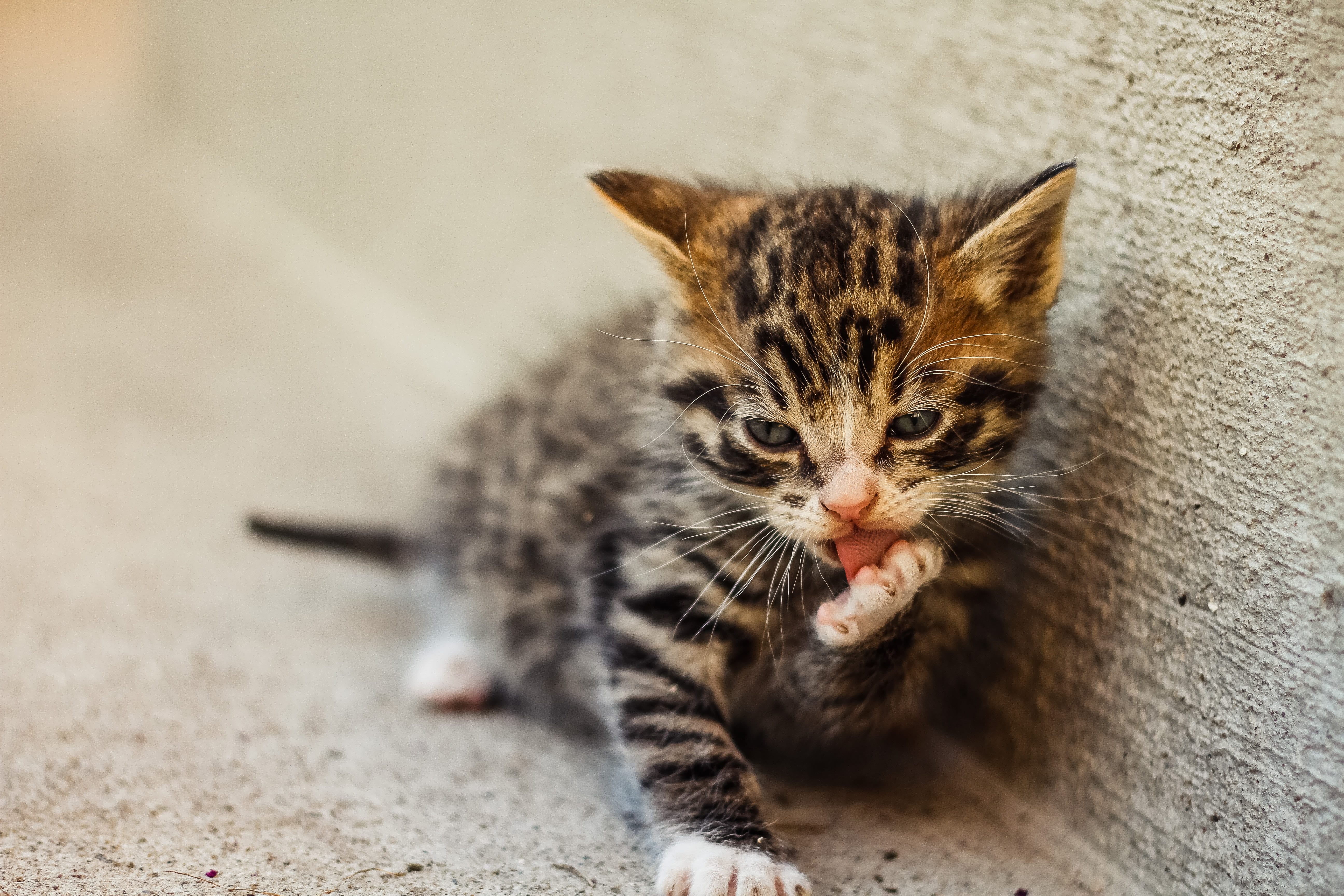

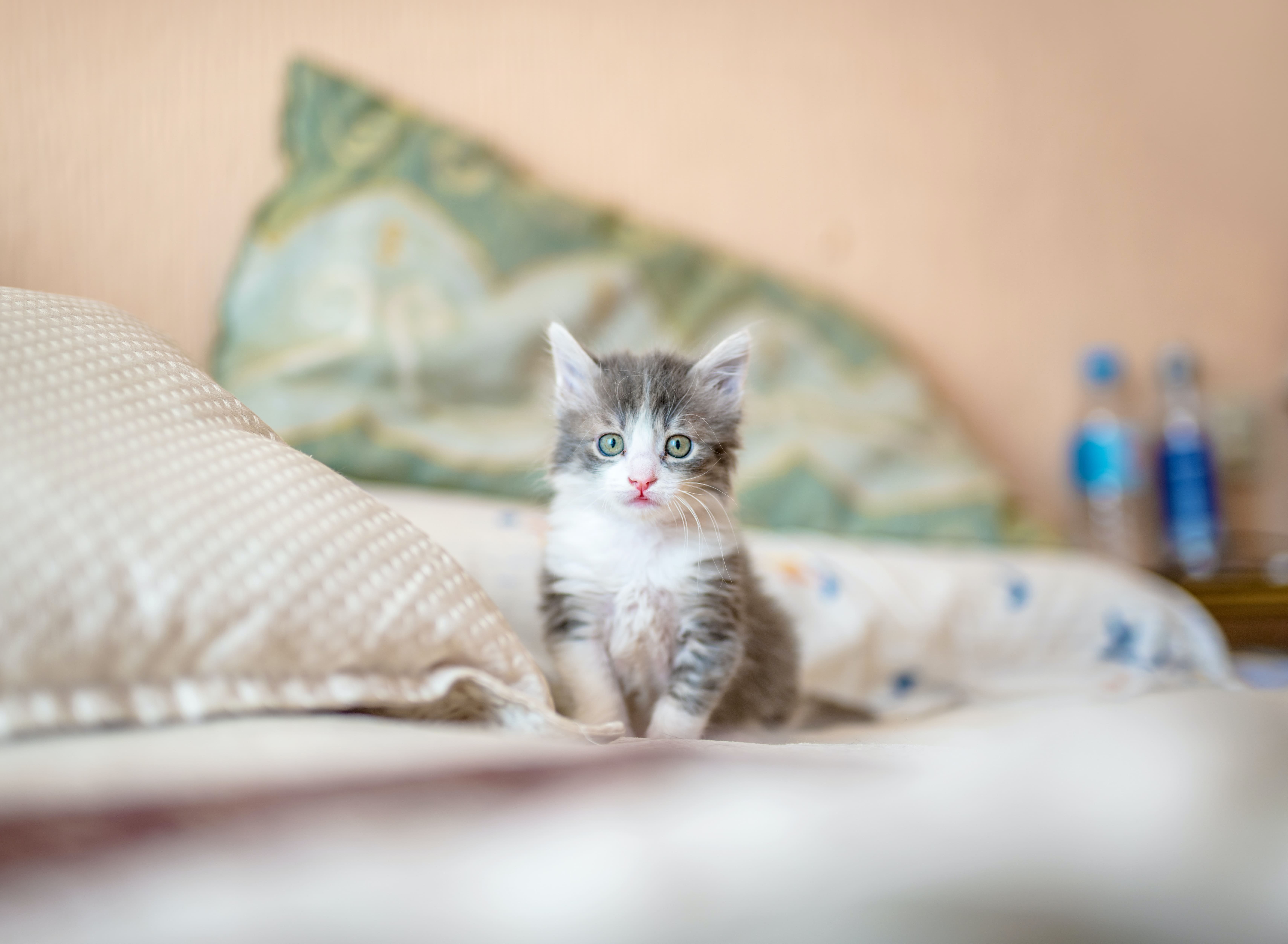
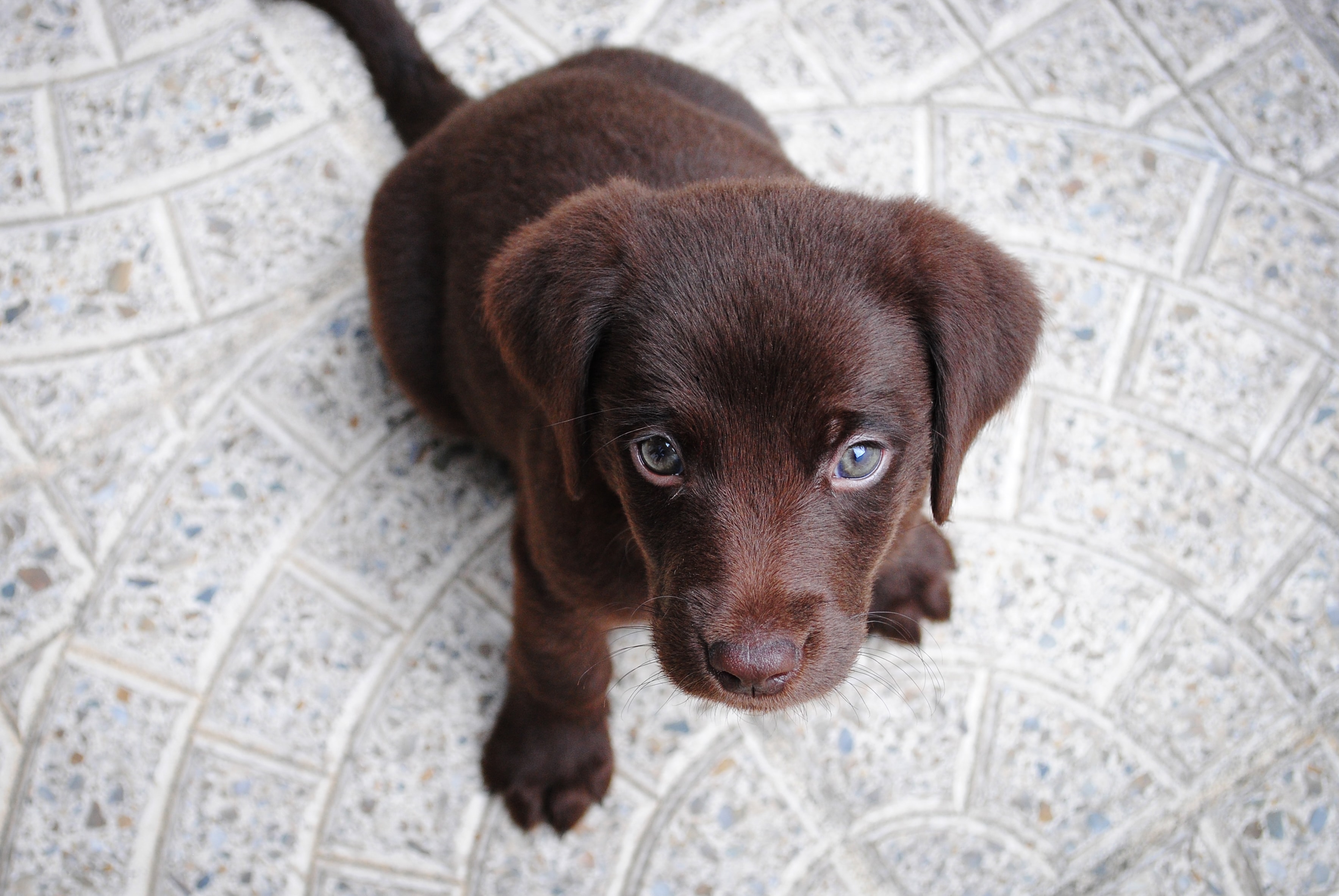



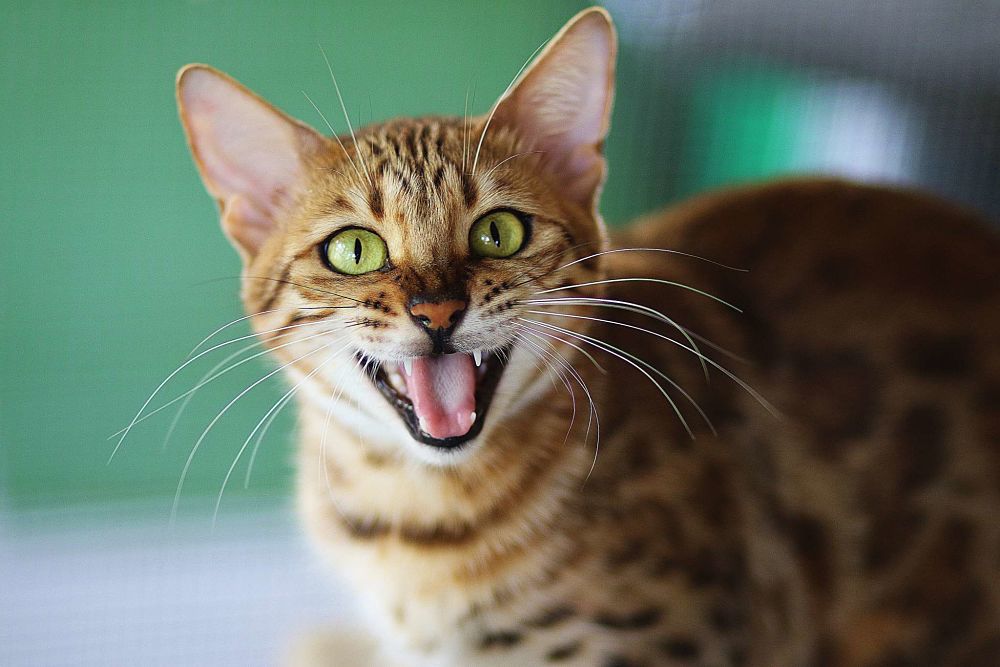

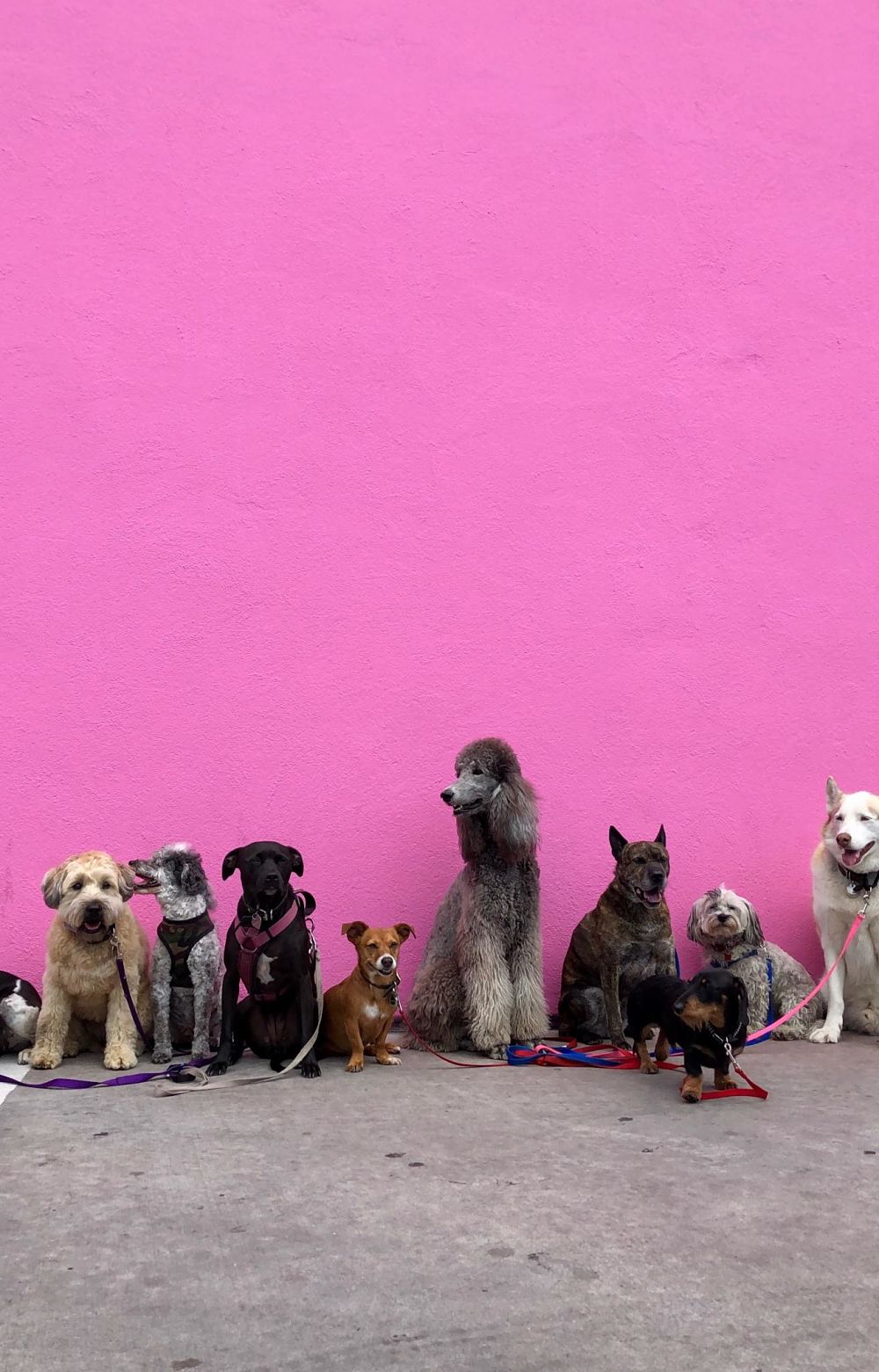
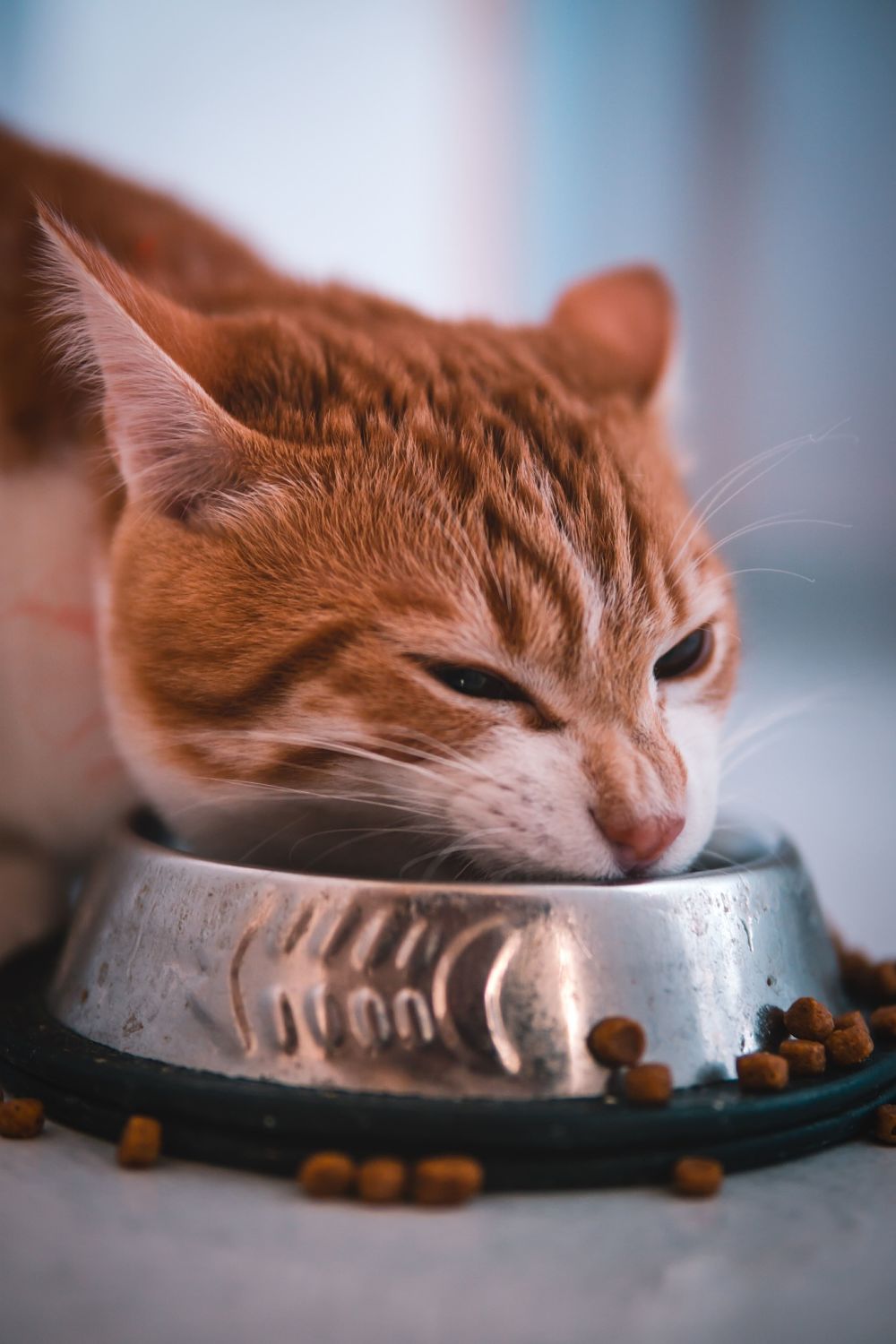

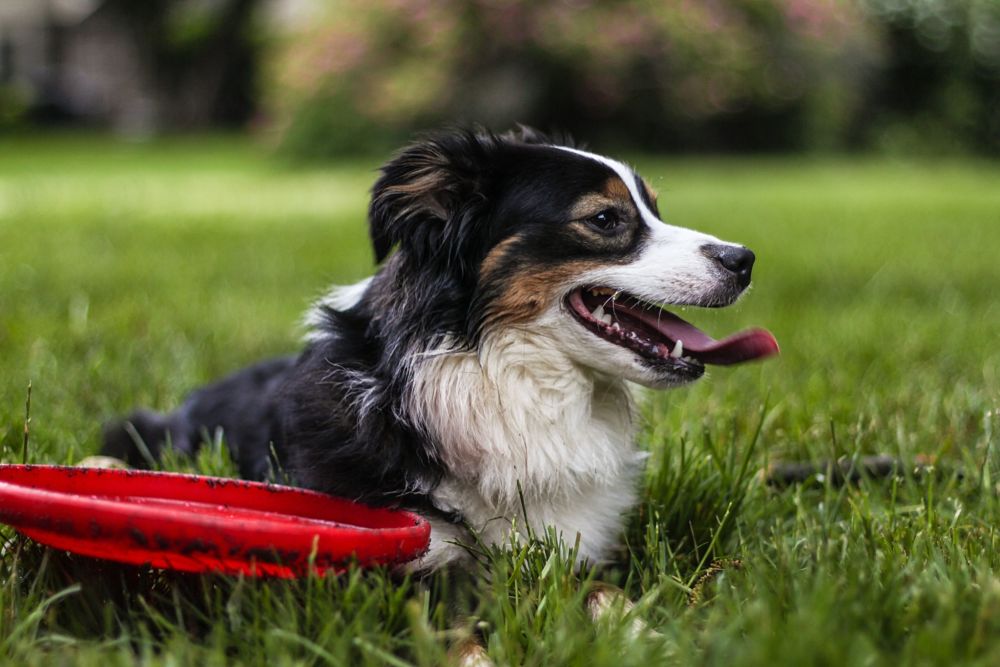
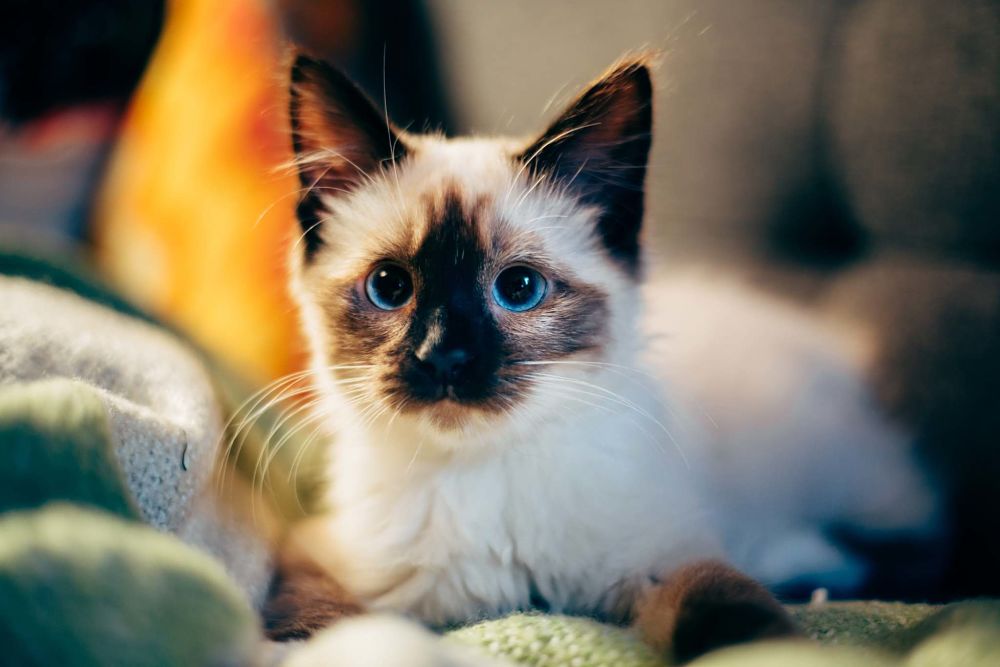

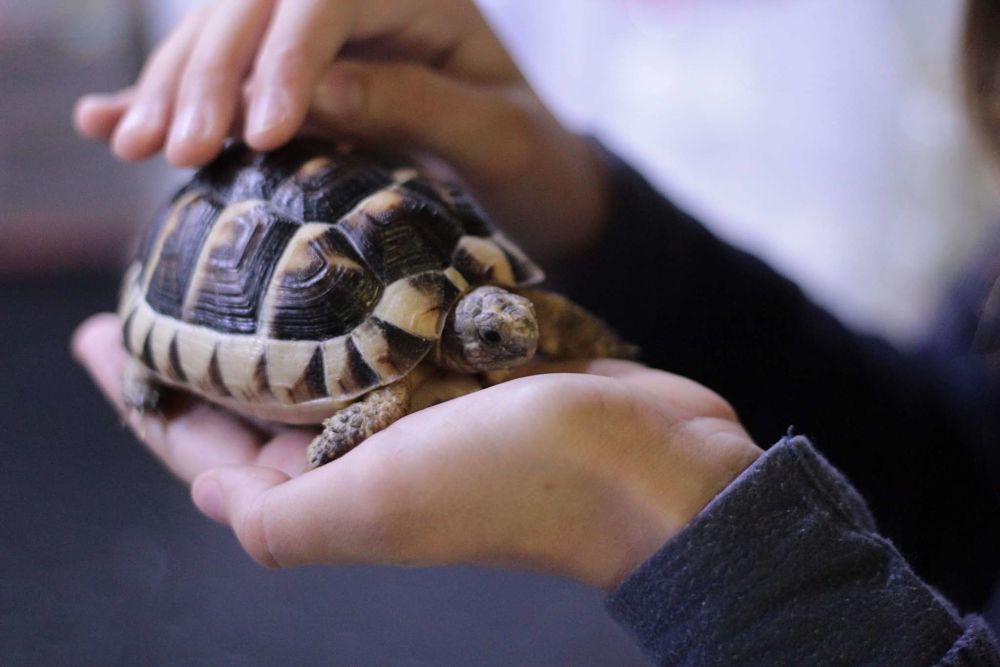
.jpg)


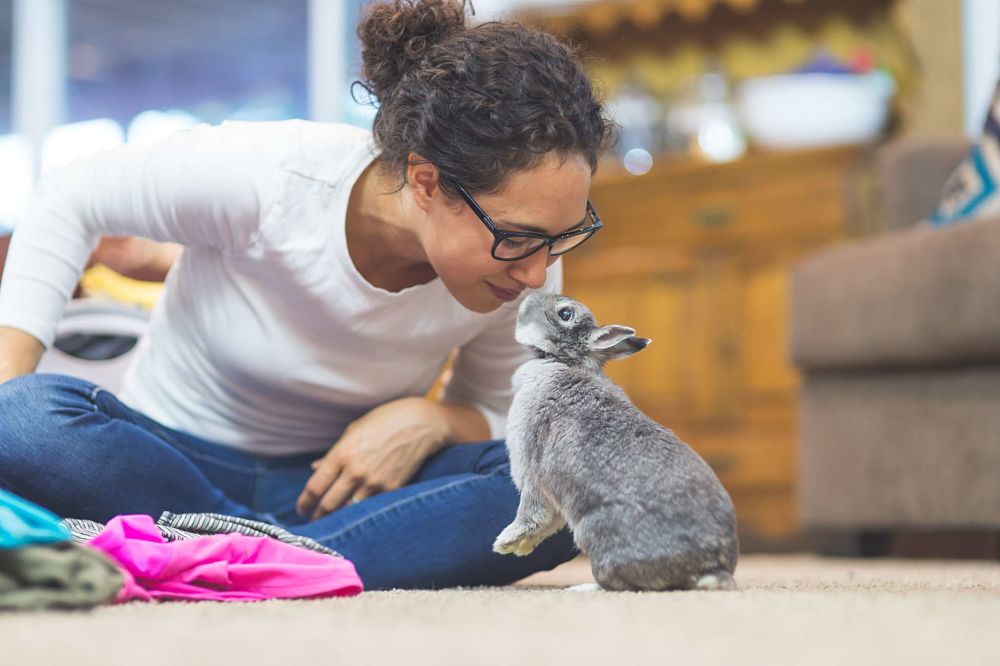
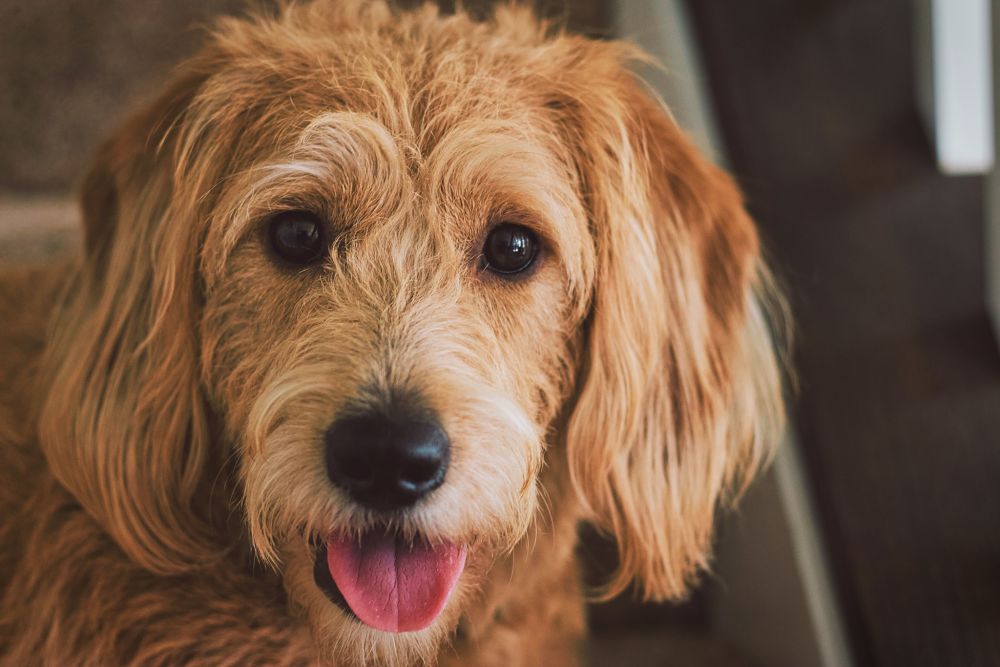

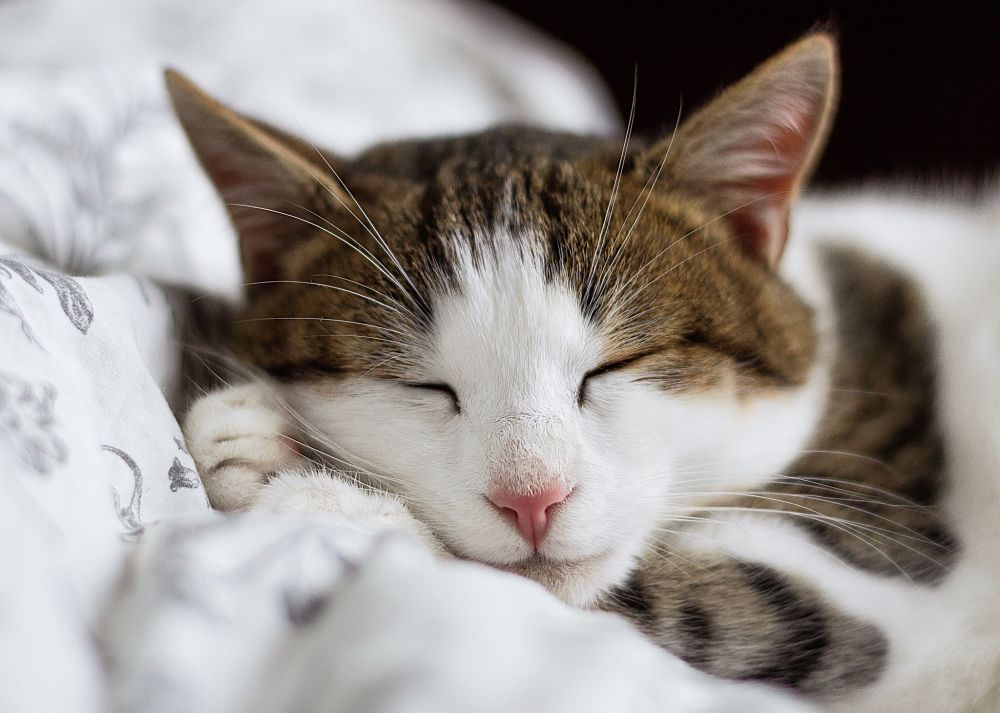
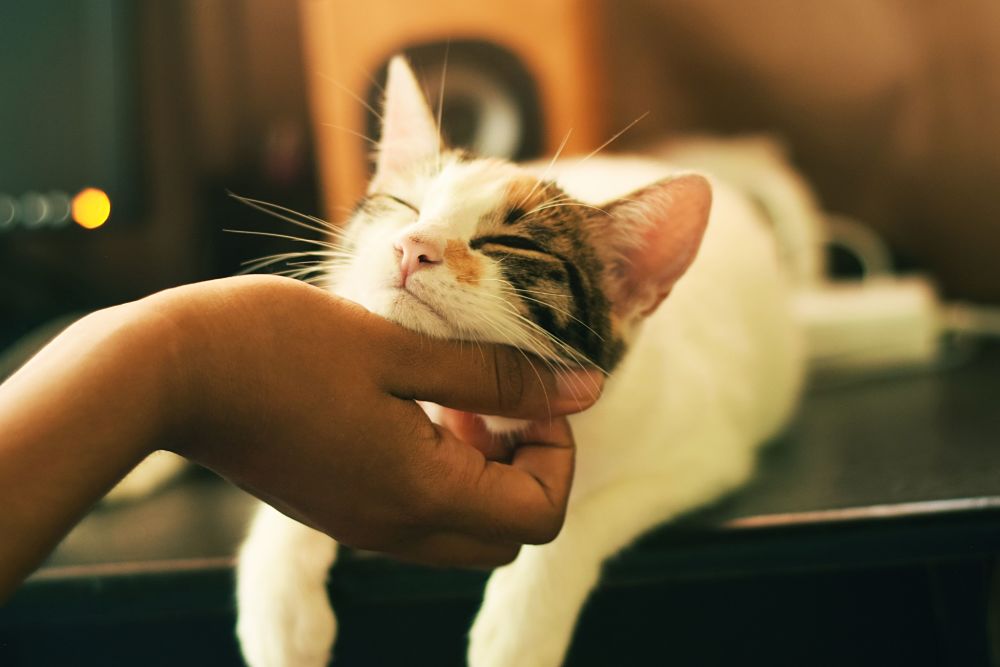


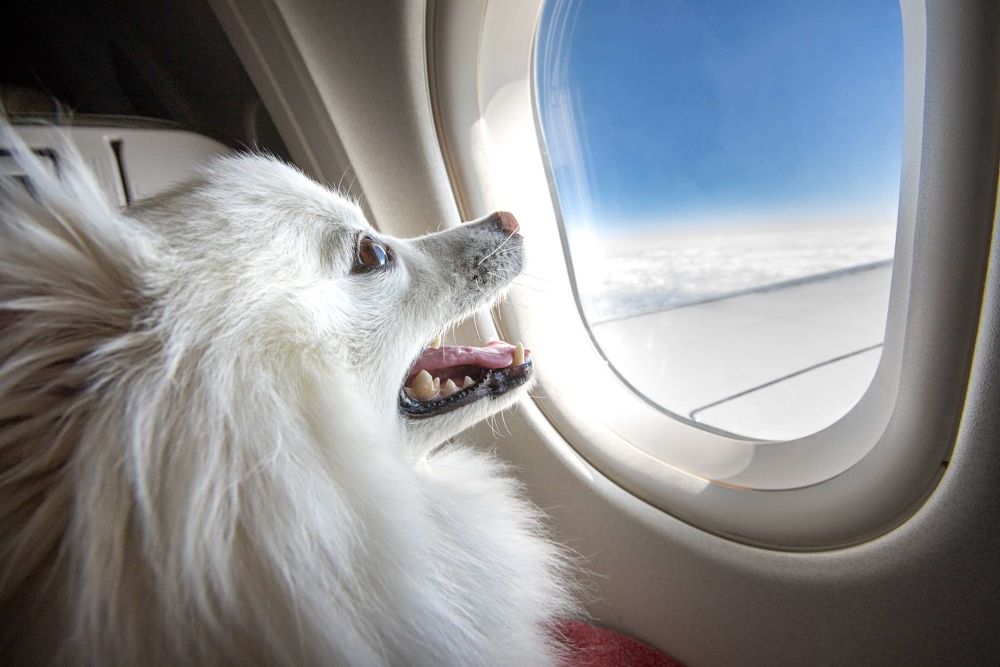

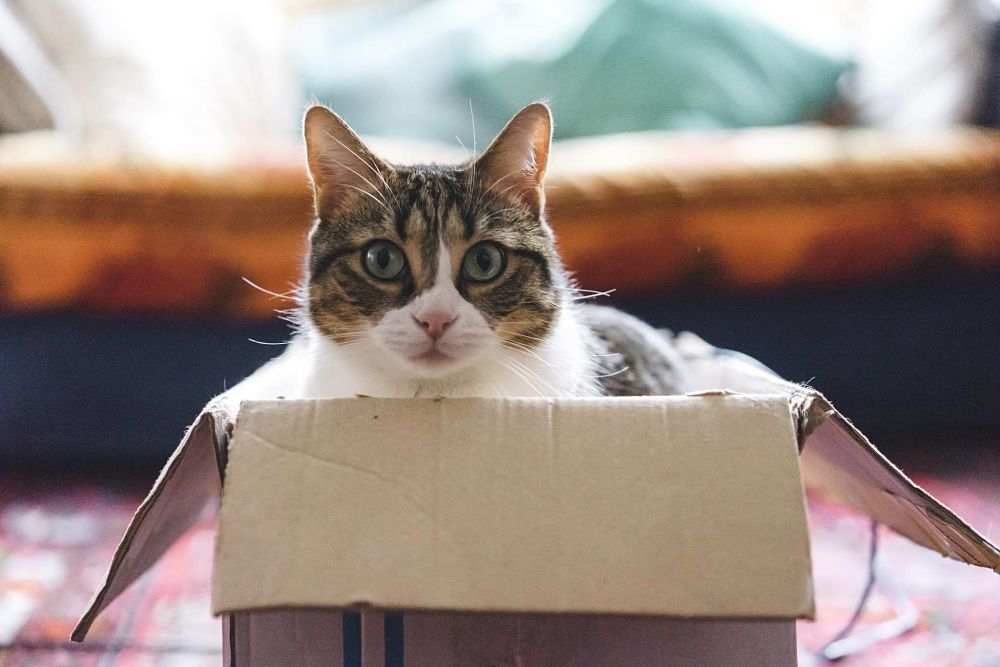
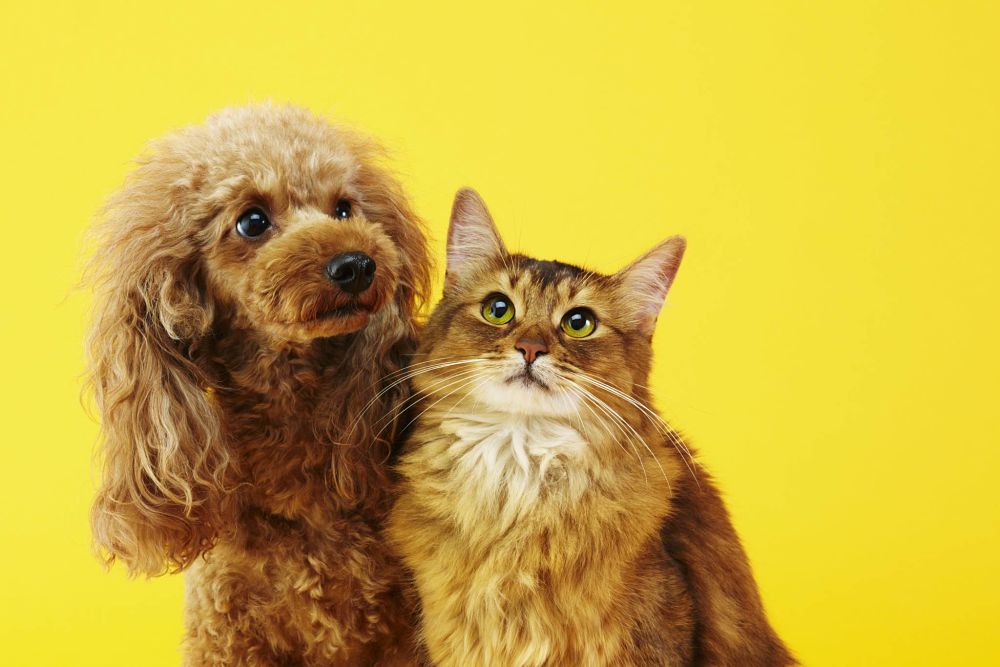
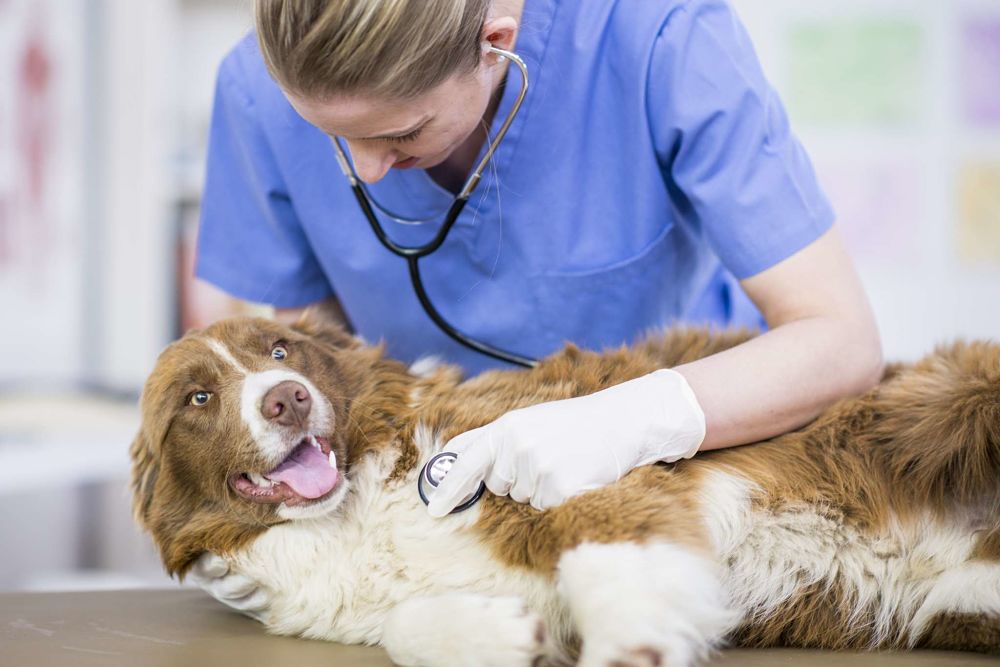
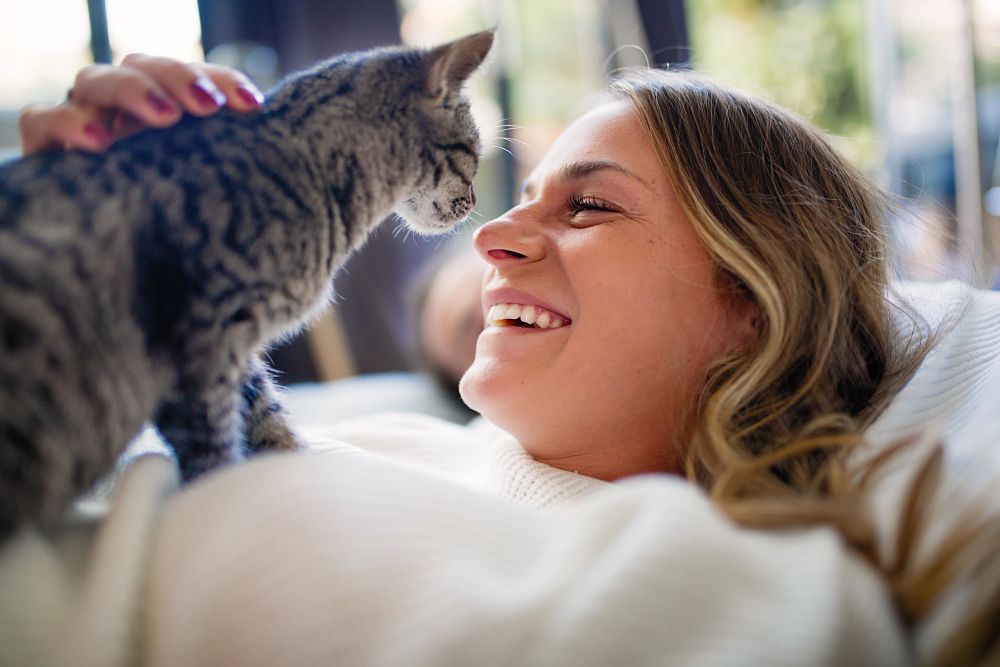

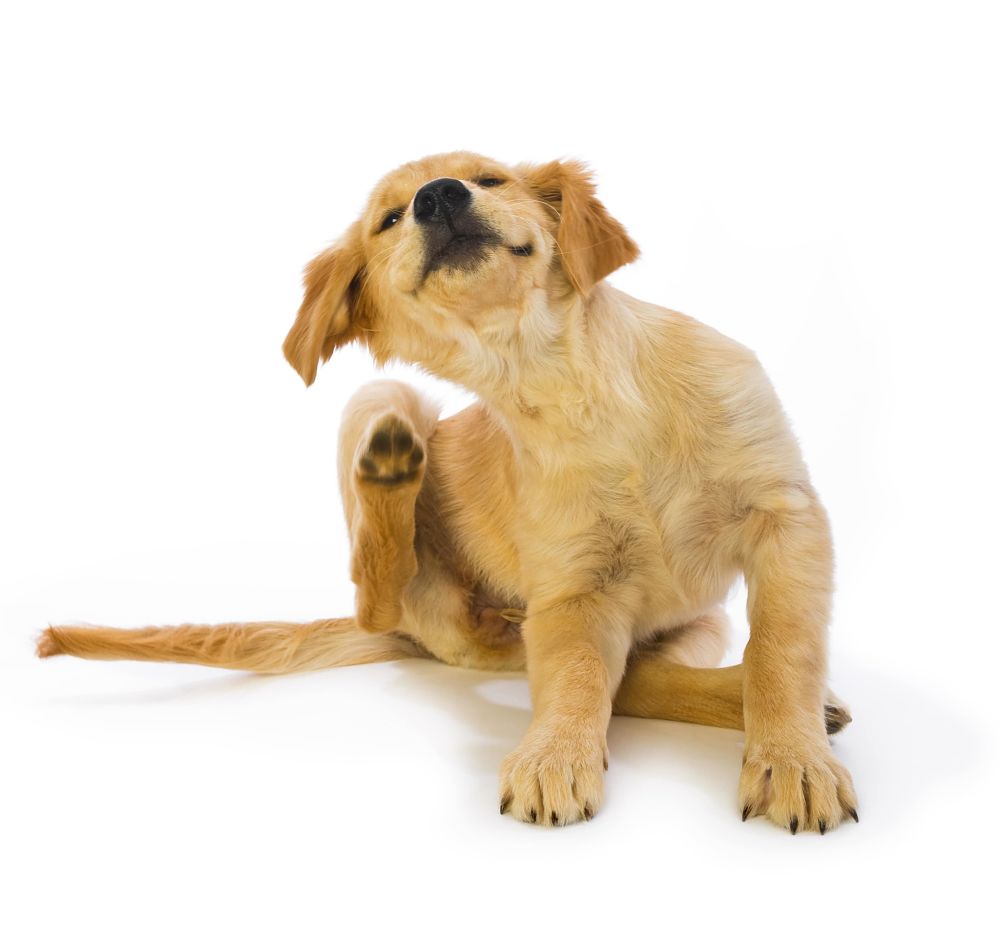

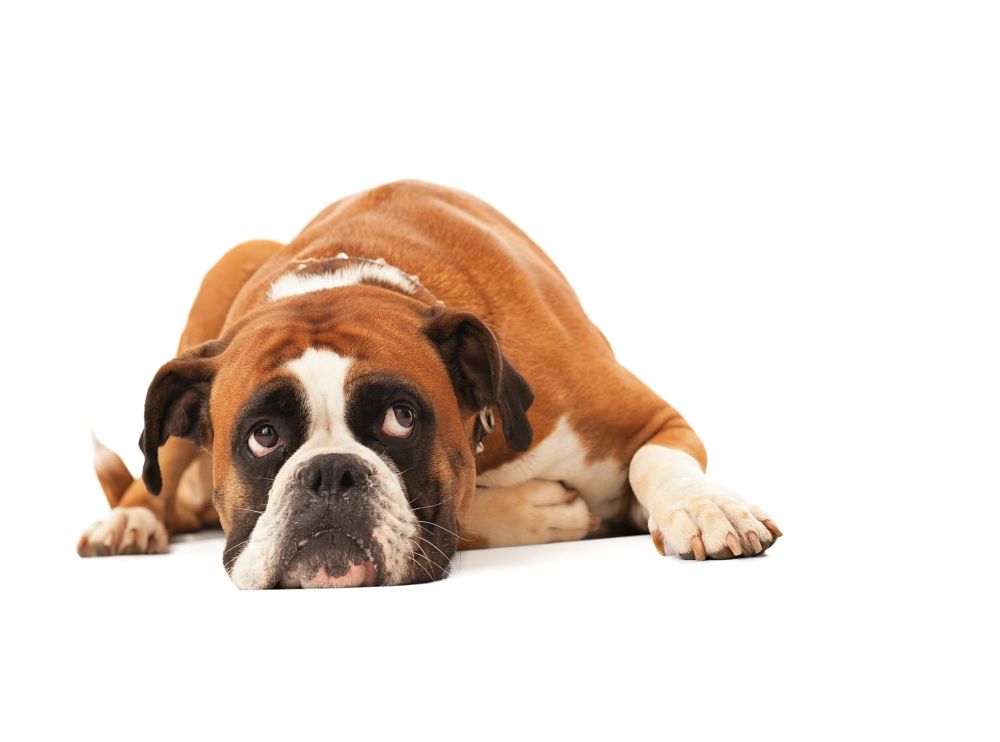
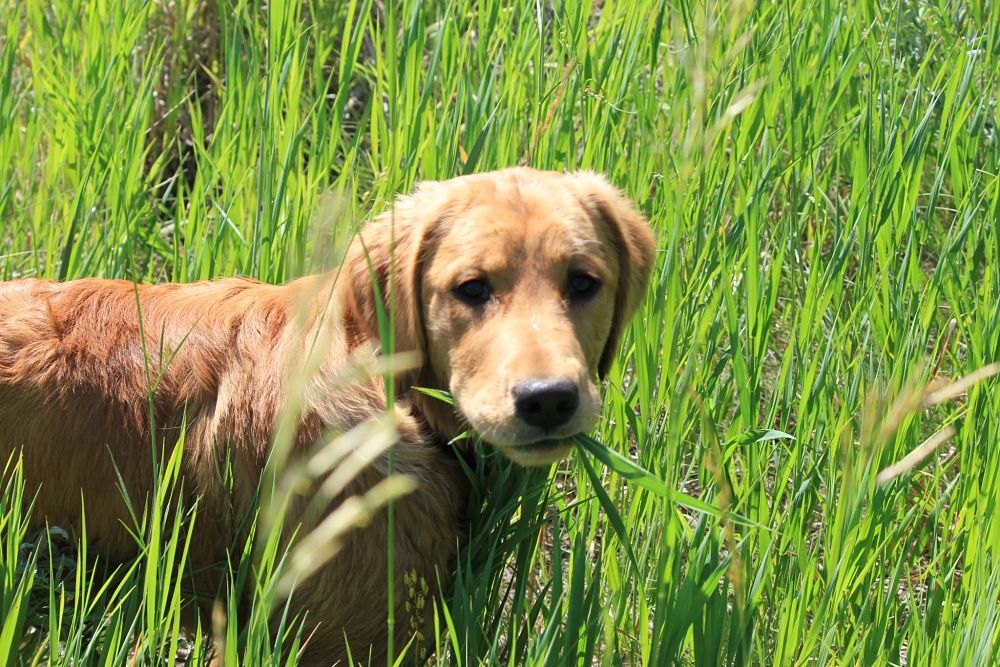

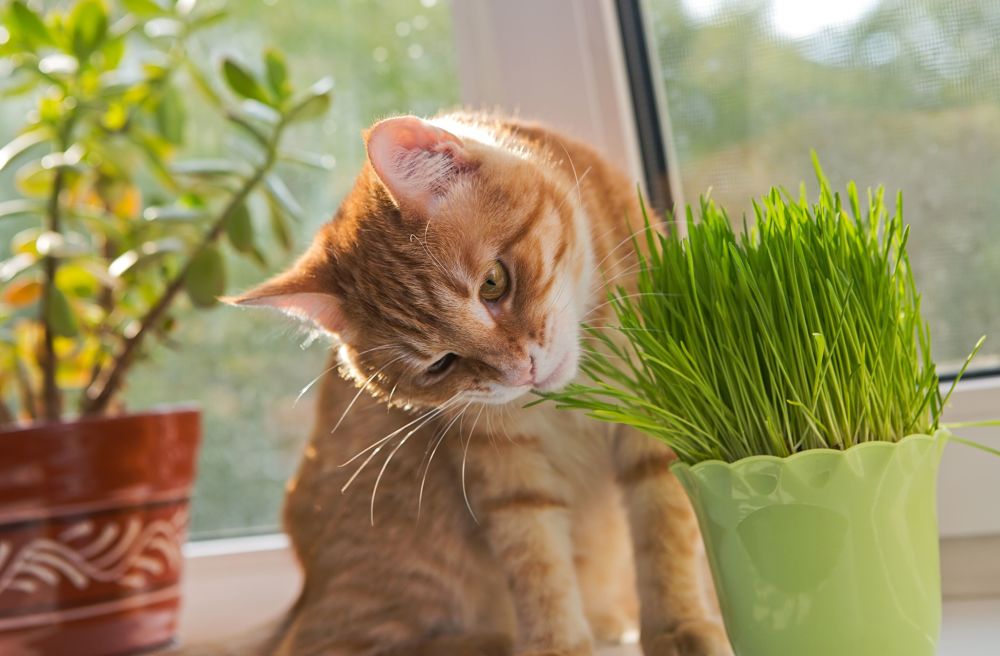
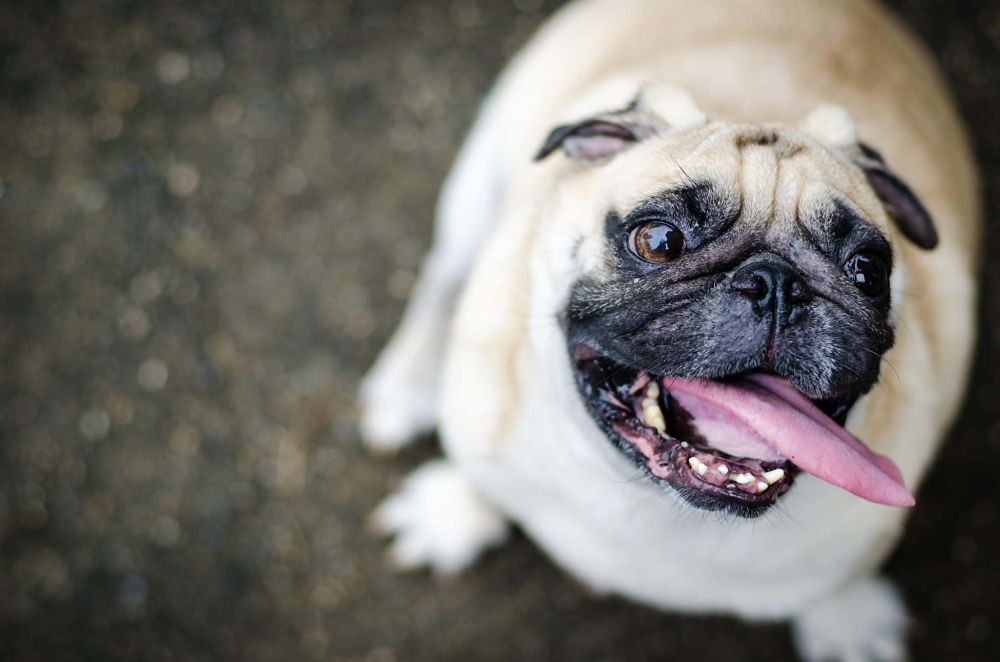

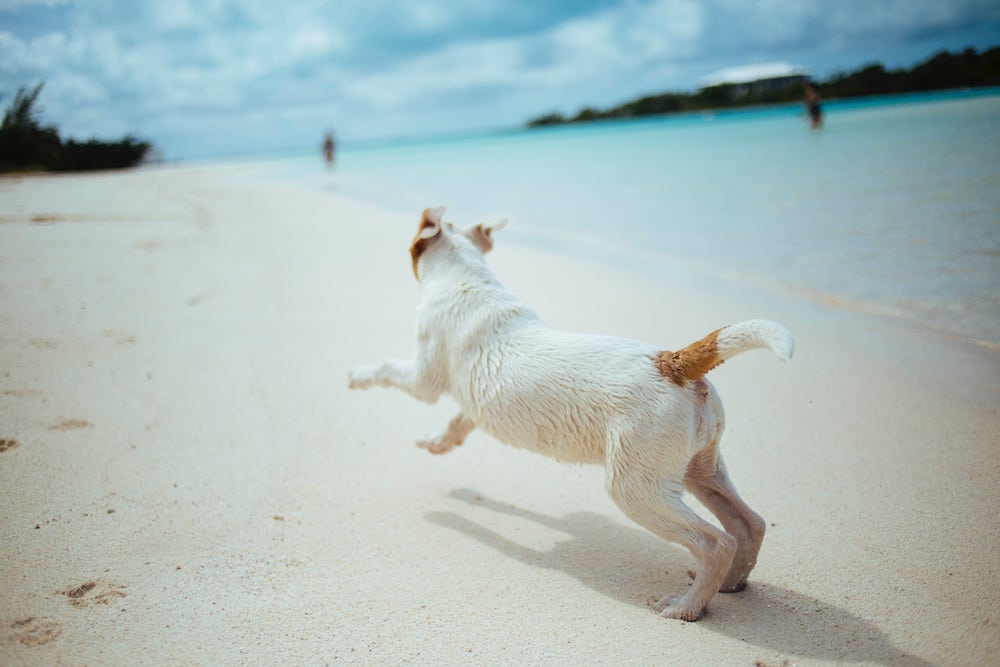
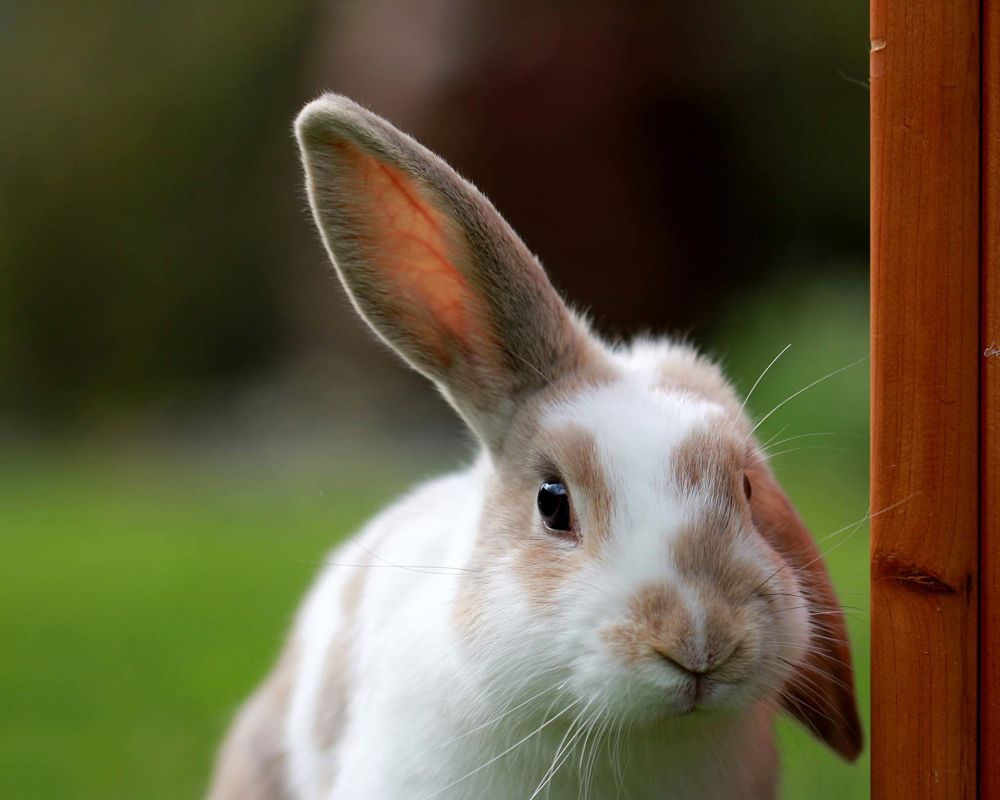
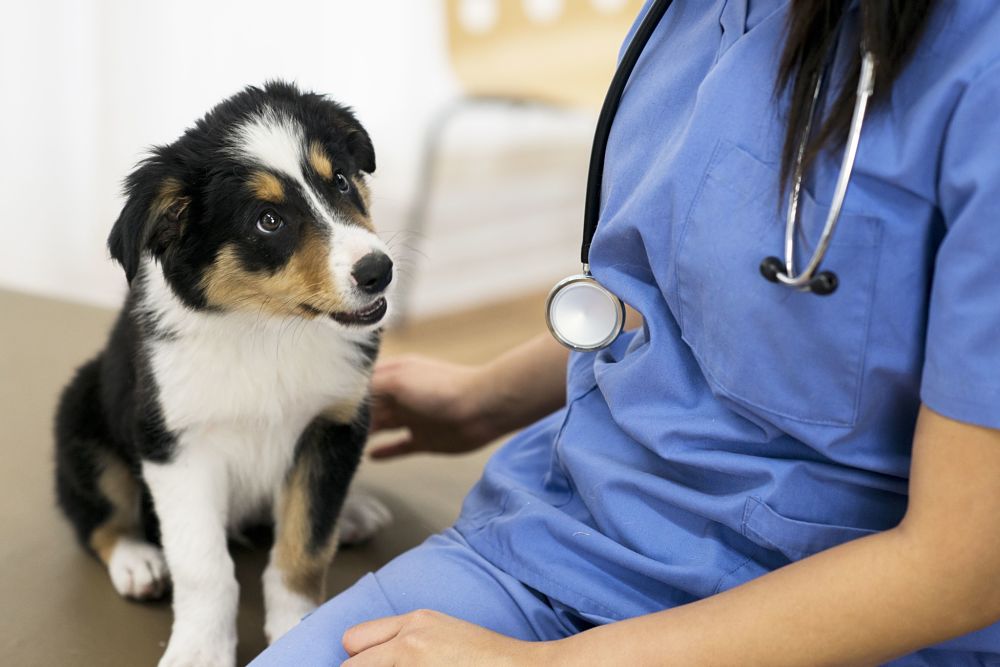


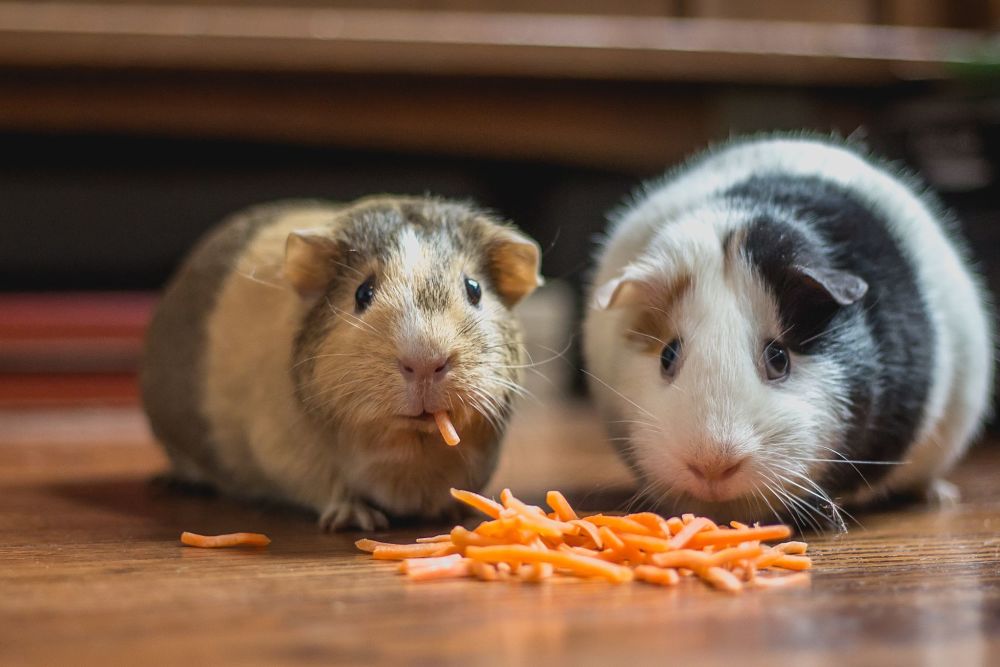

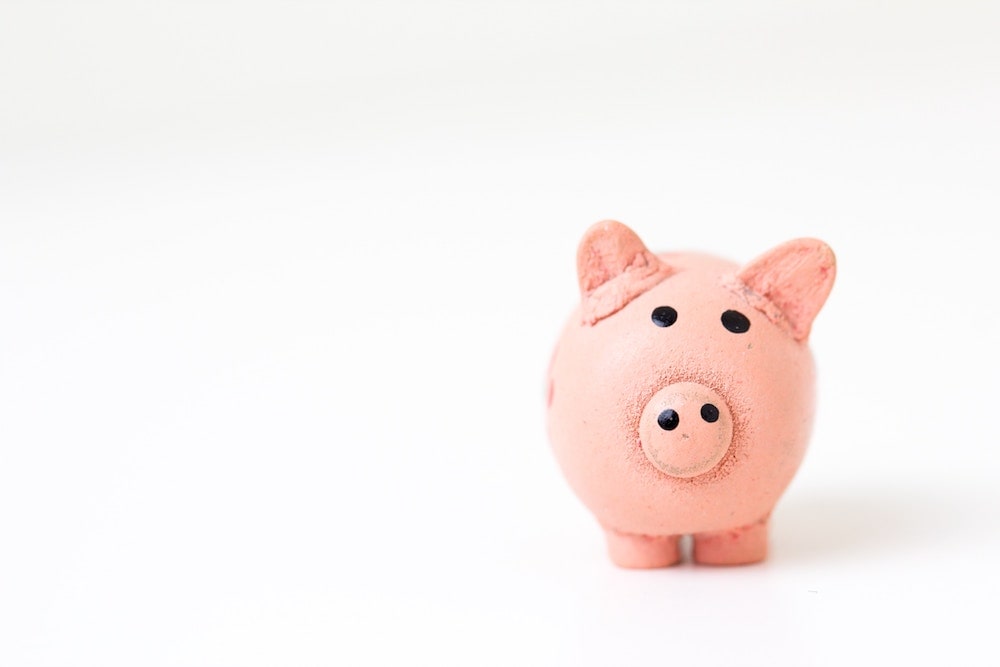
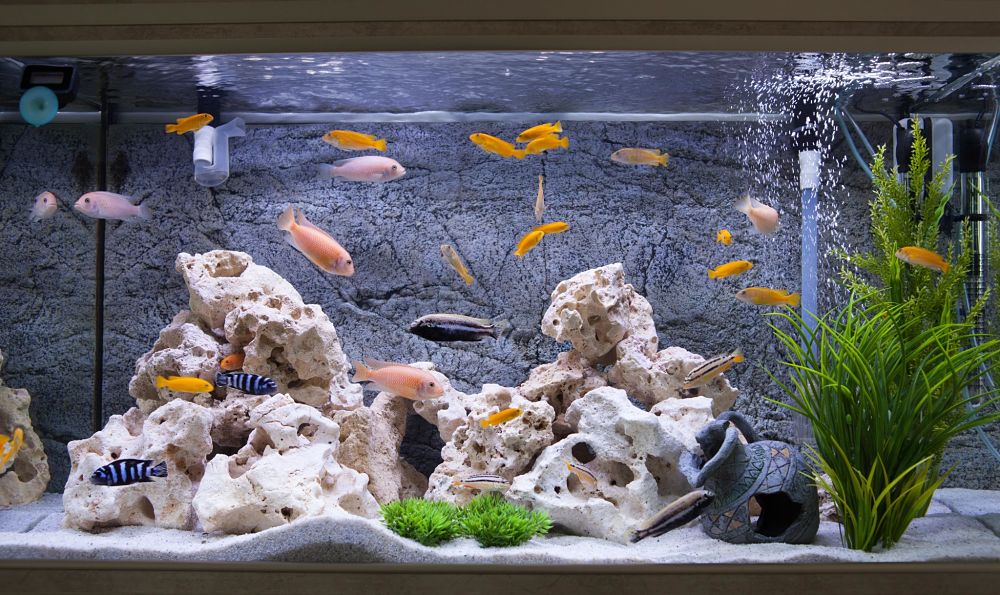
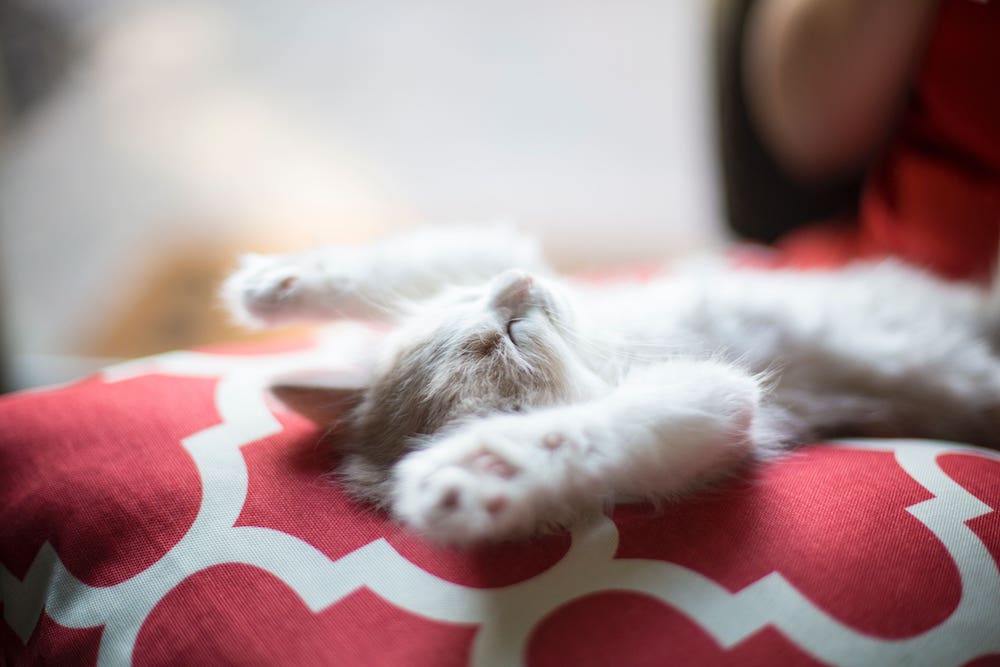
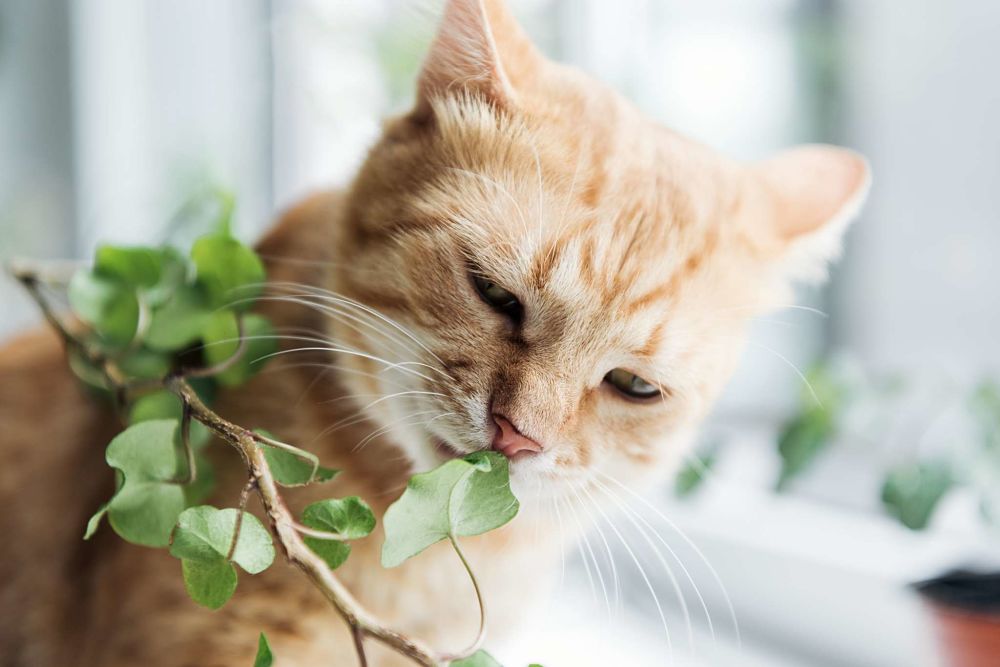
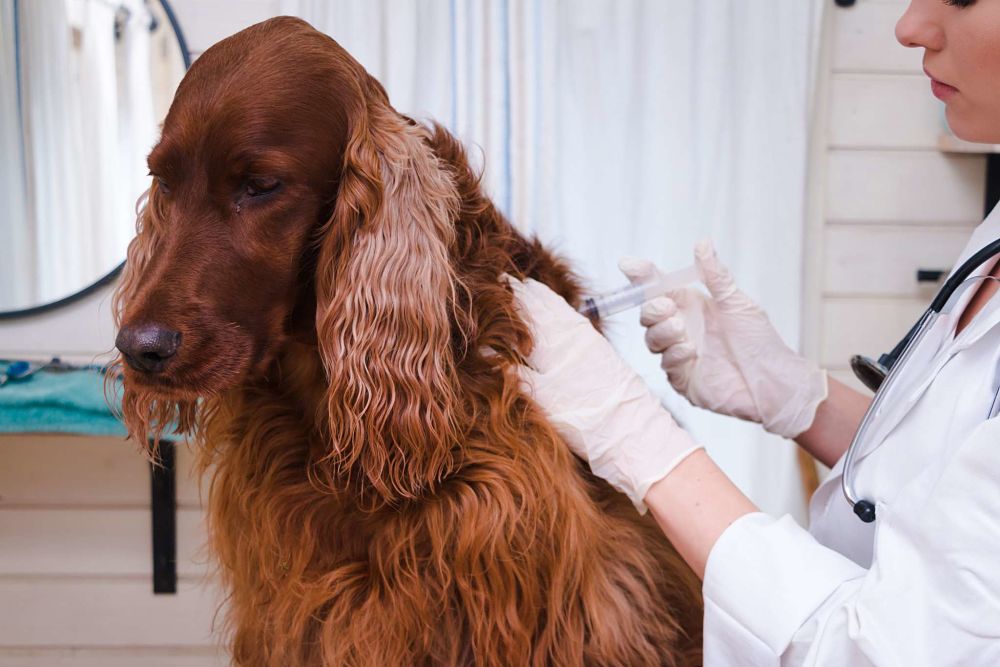


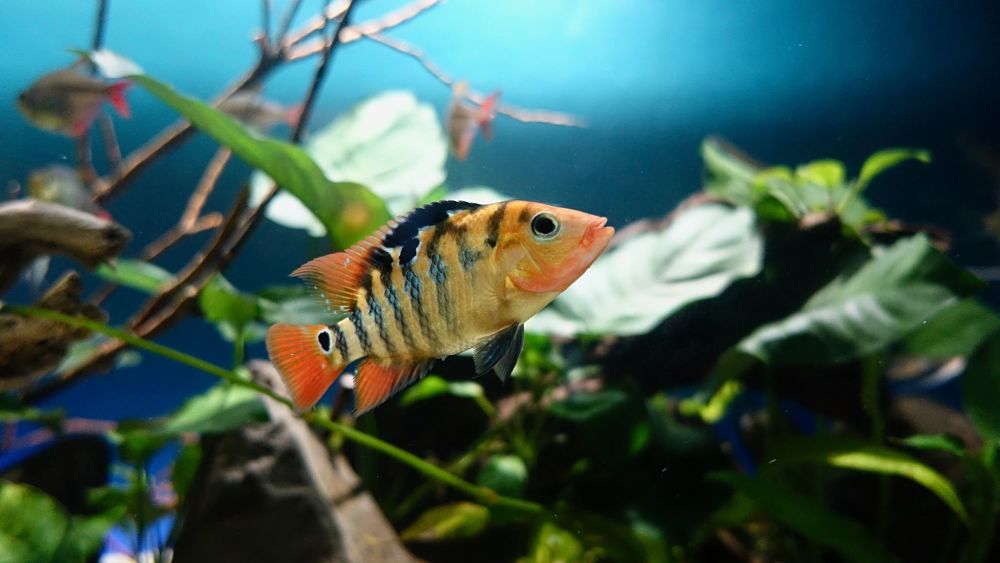
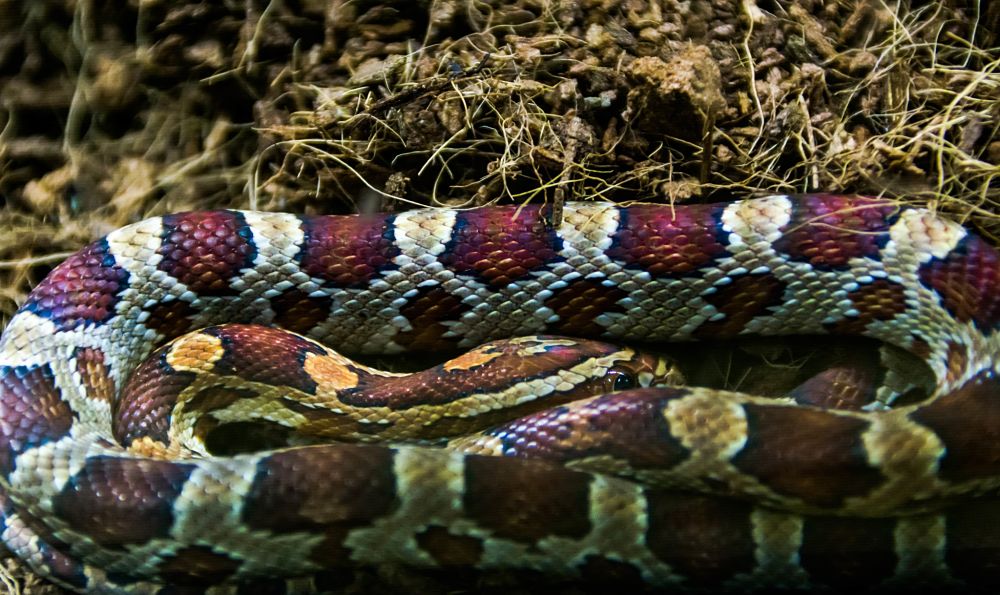
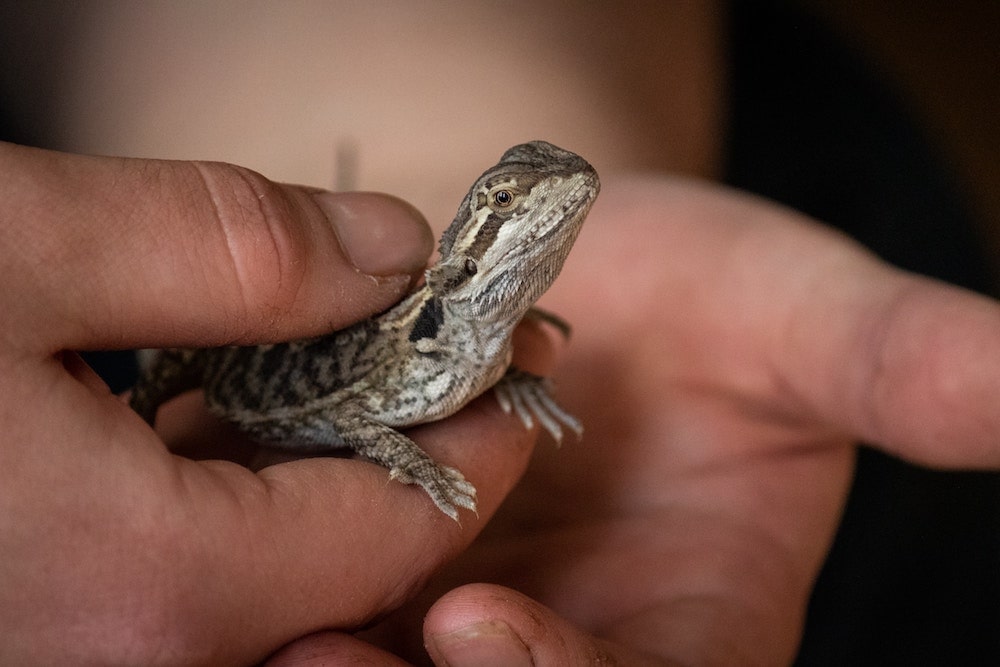



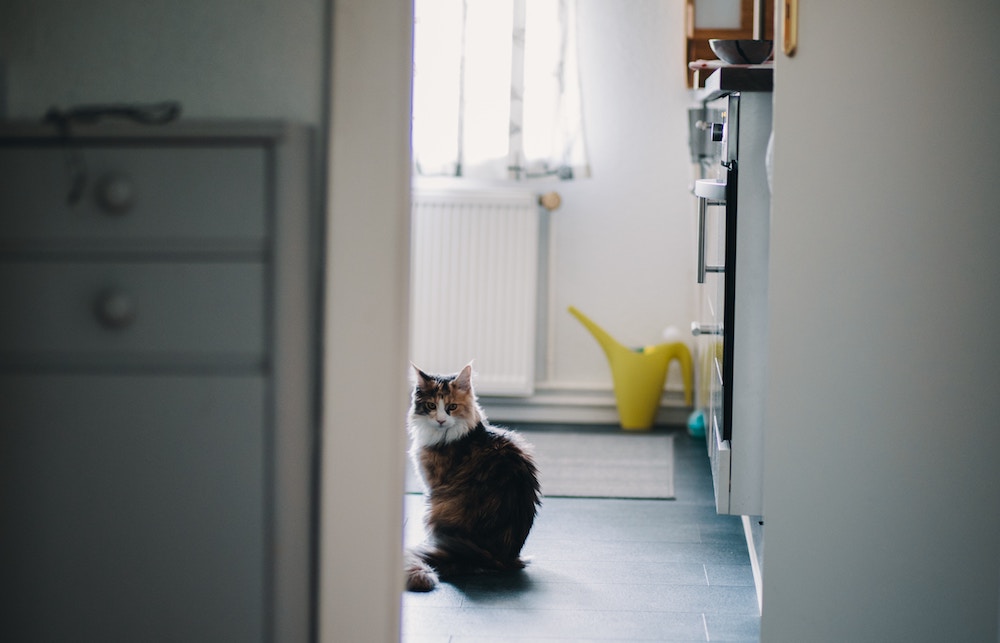
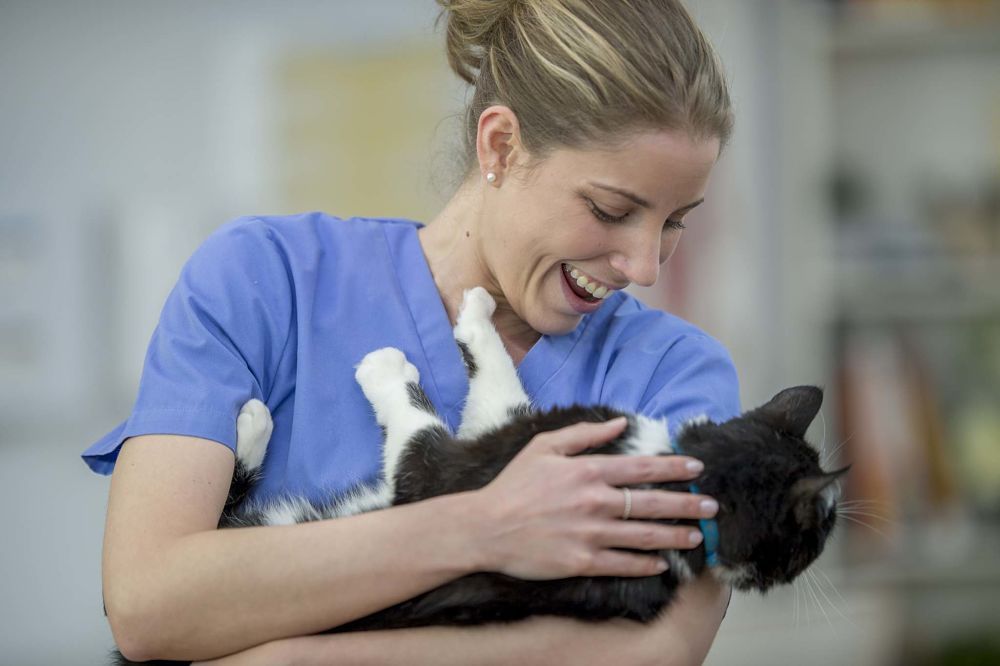
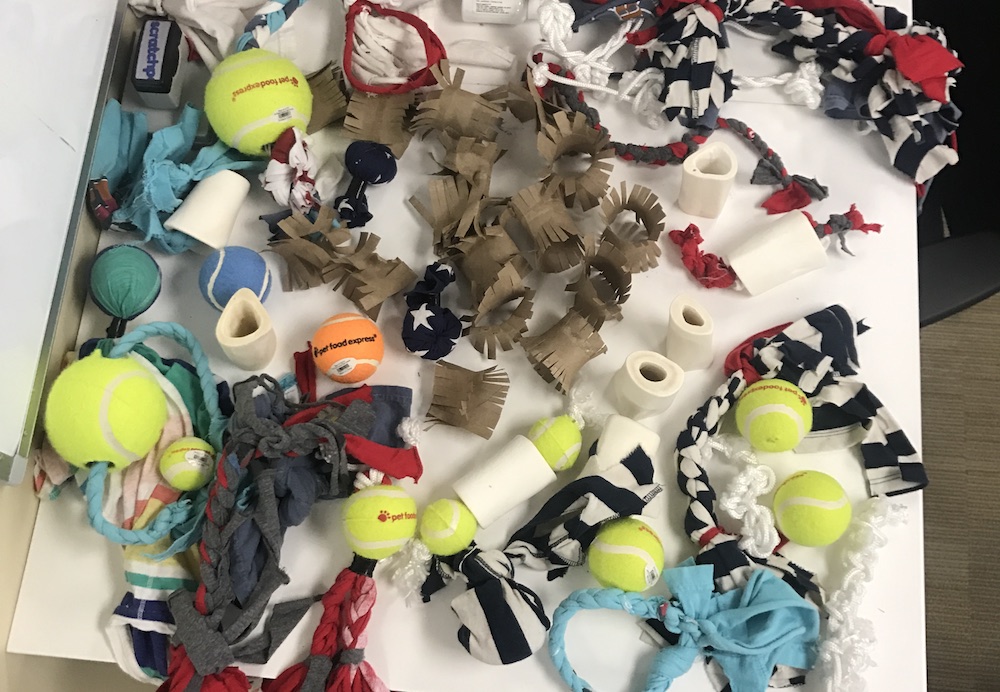

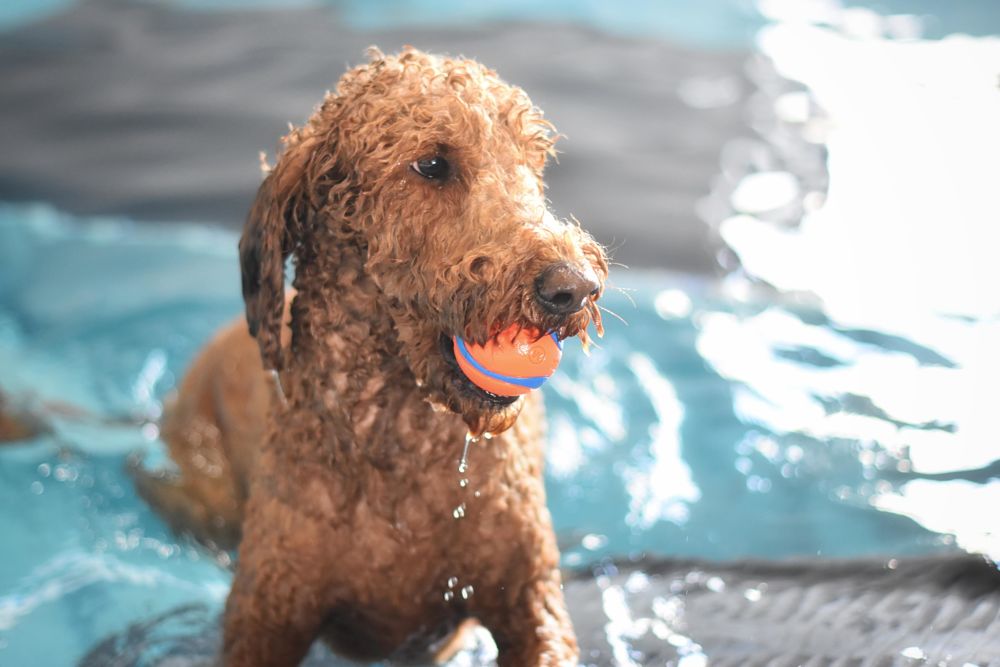
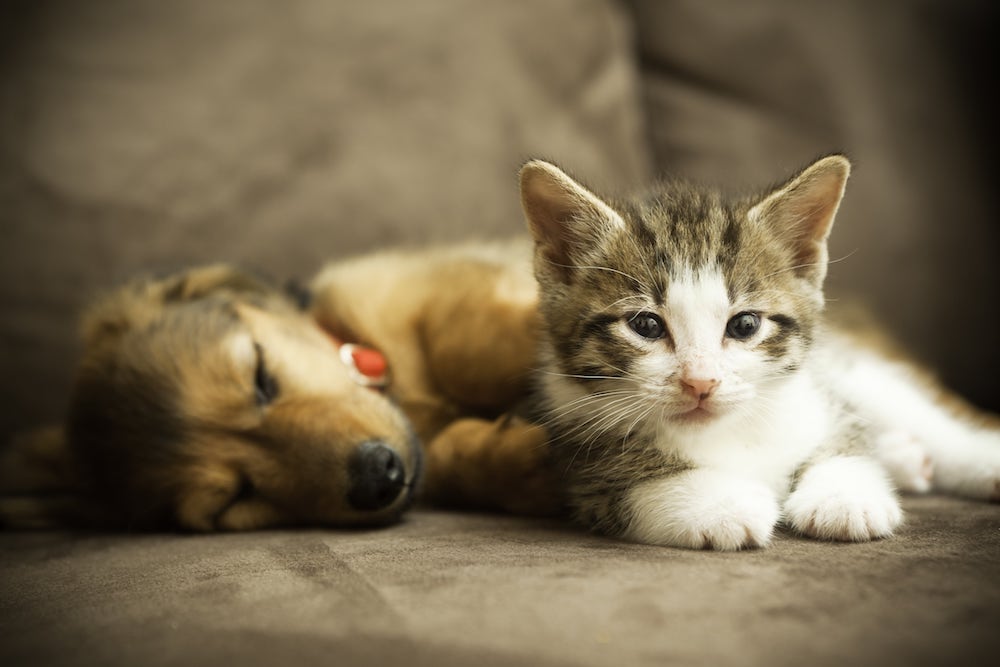



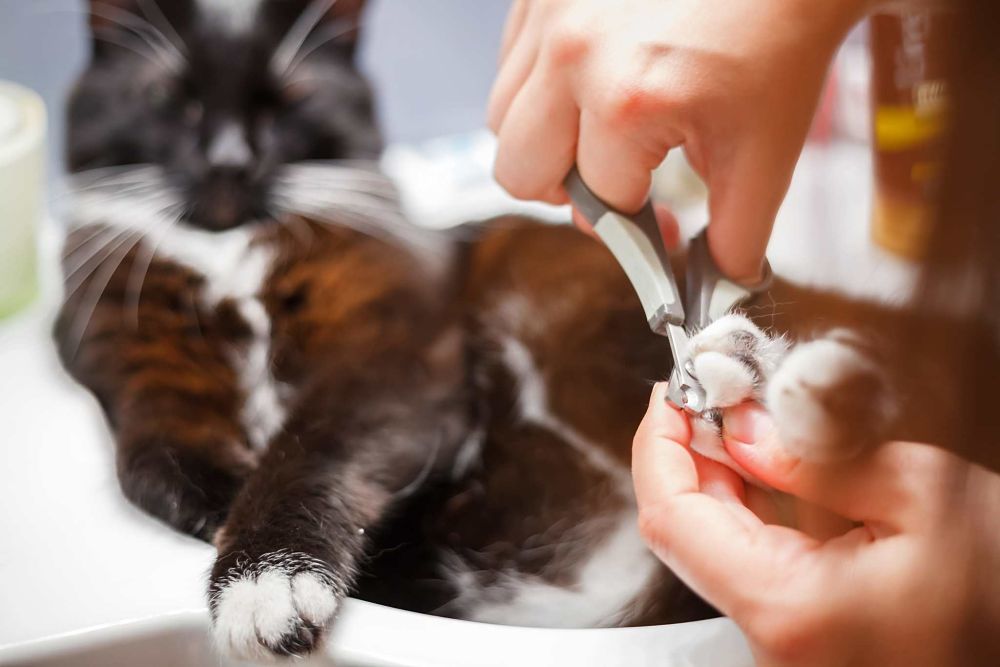
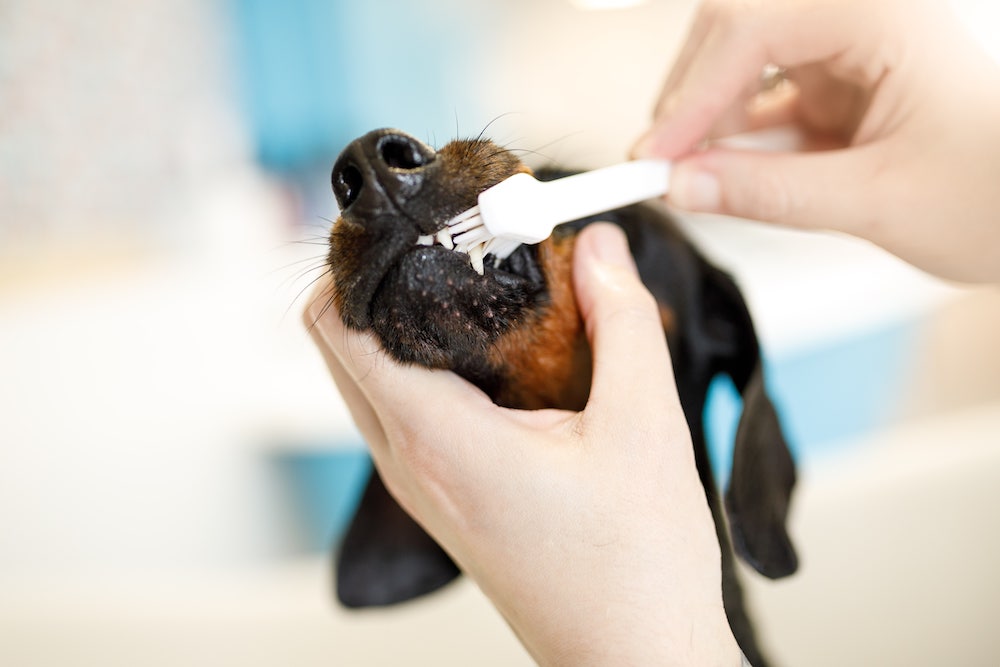
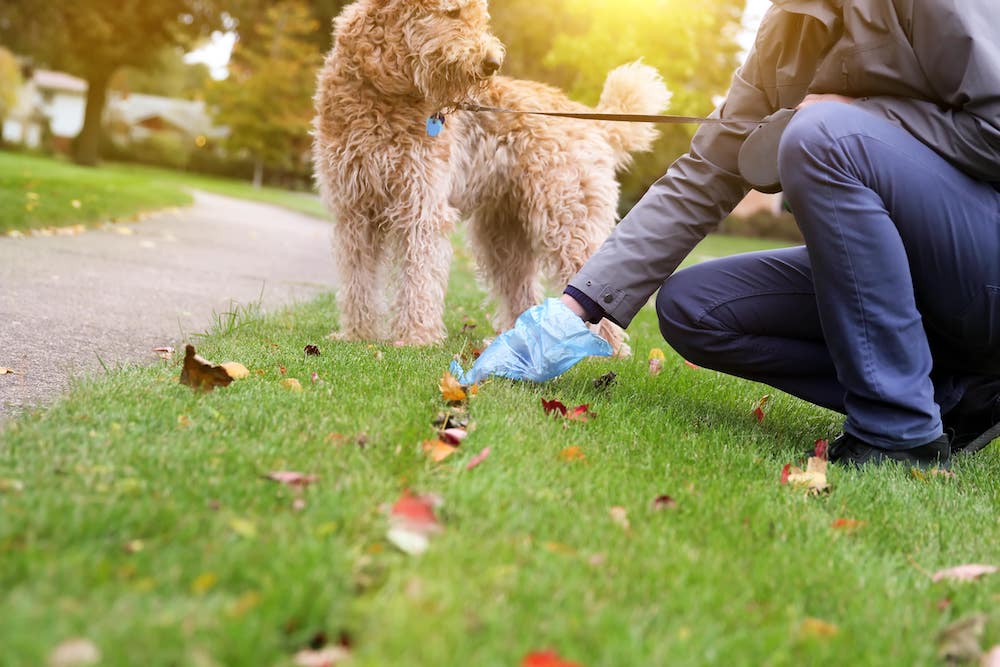
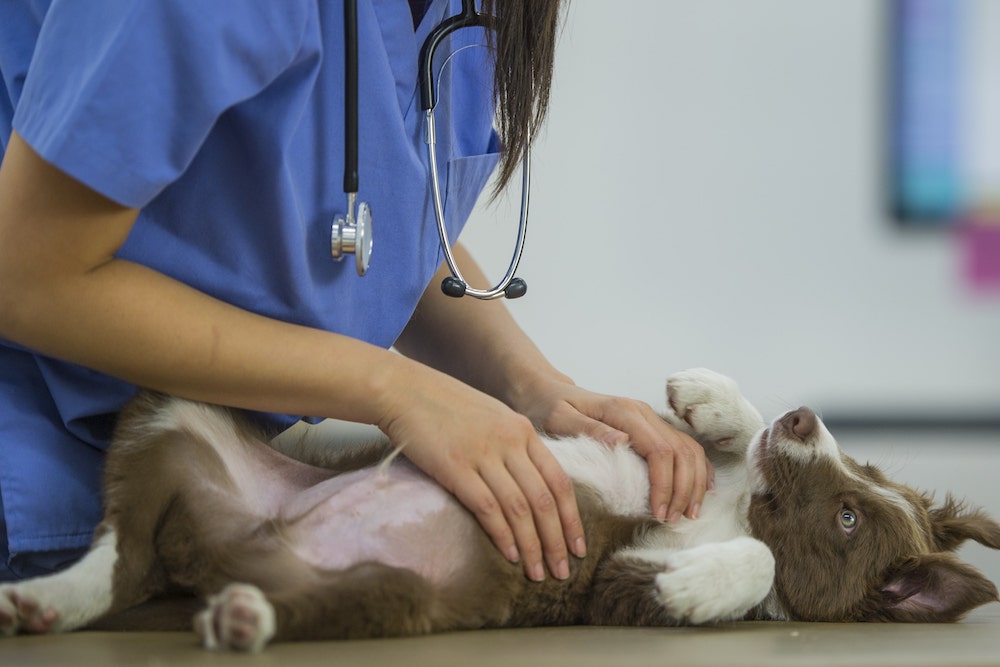
.jpg)



